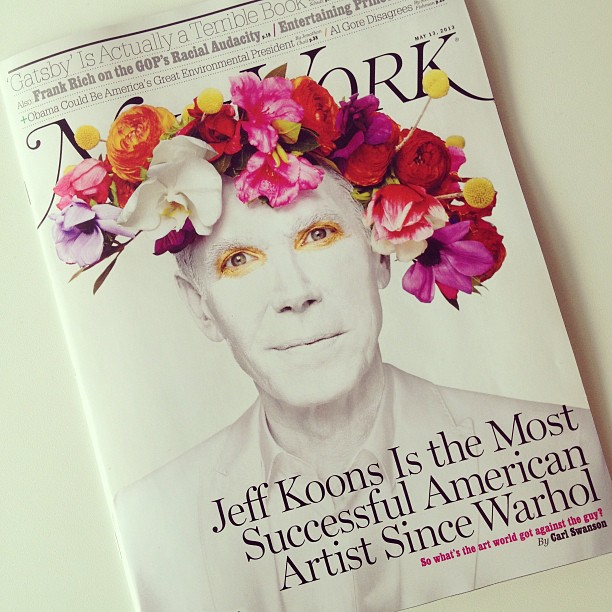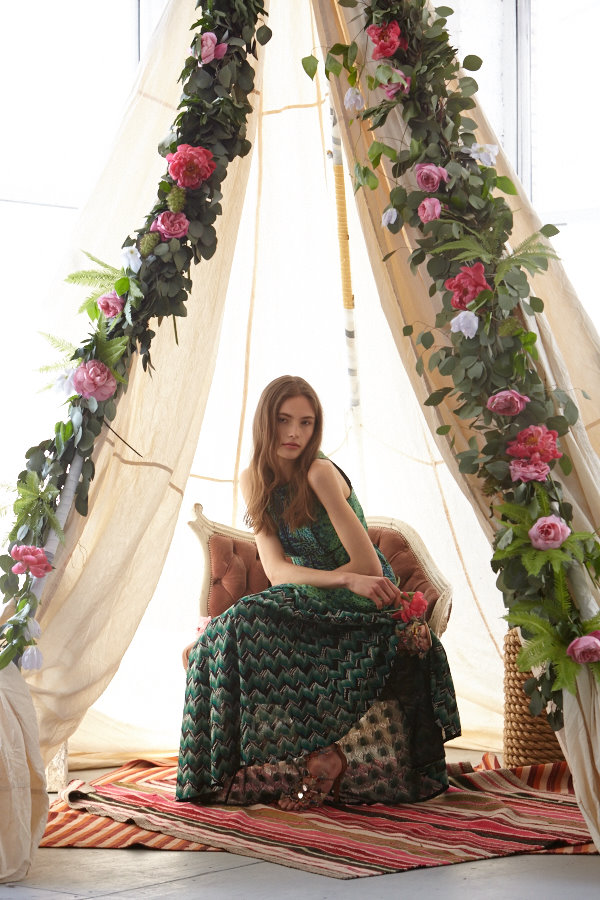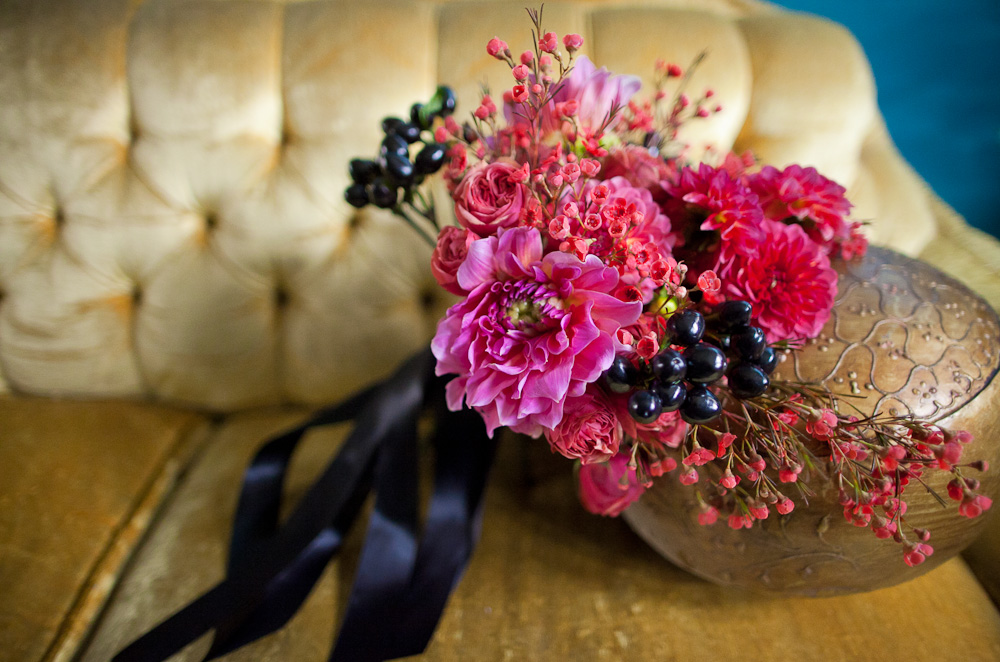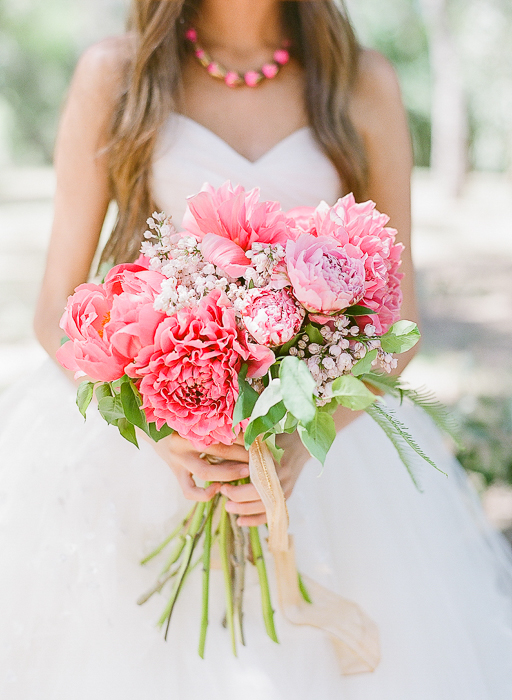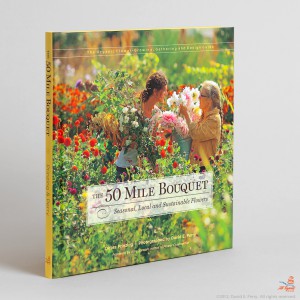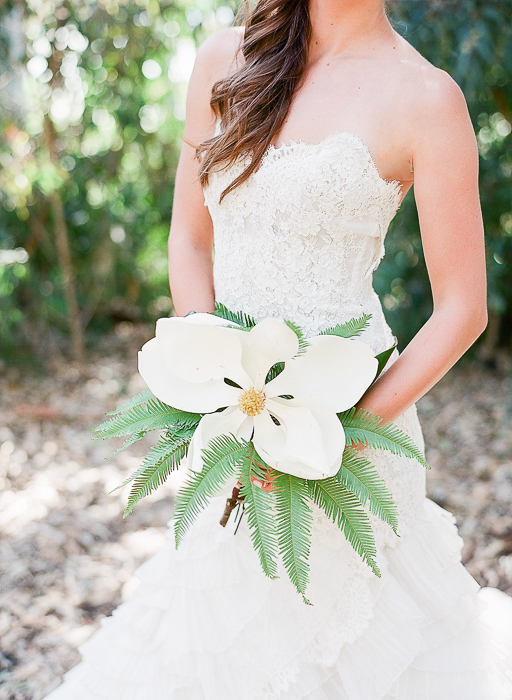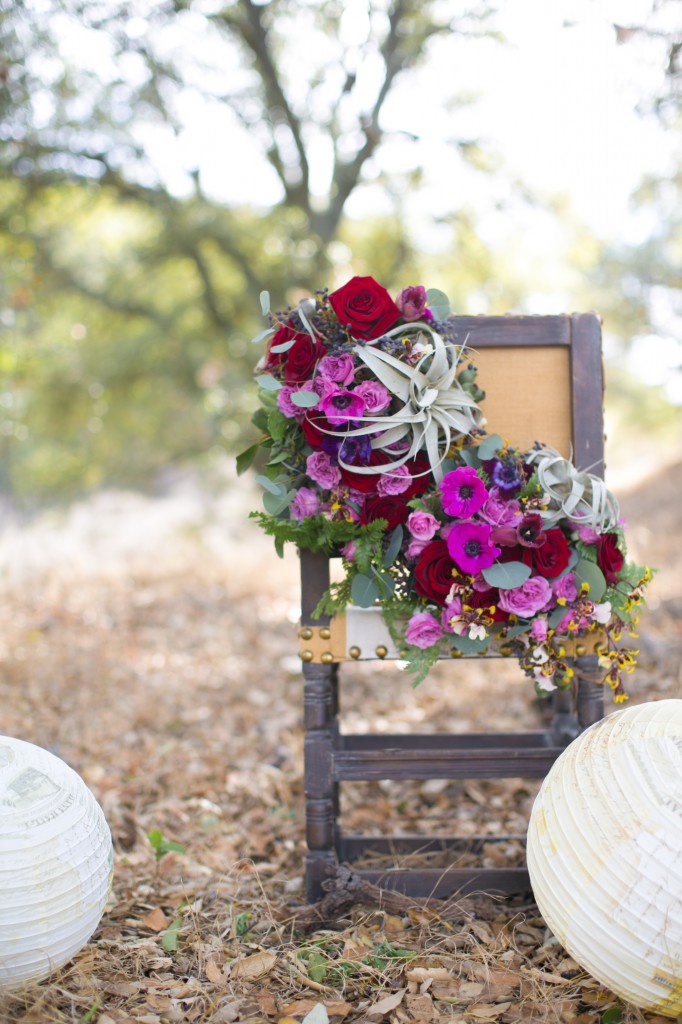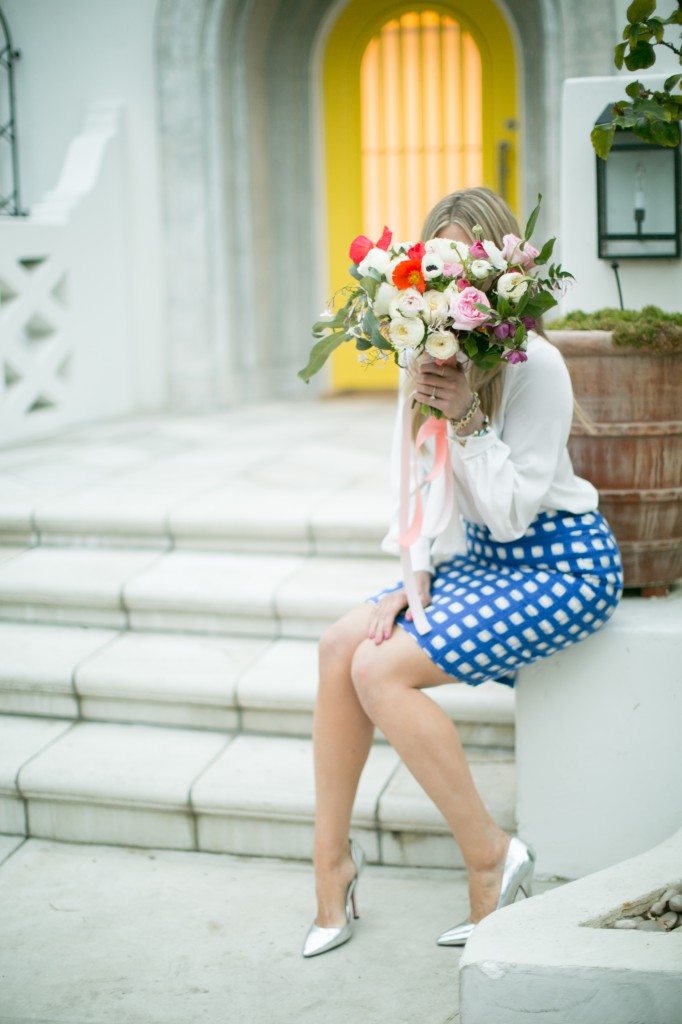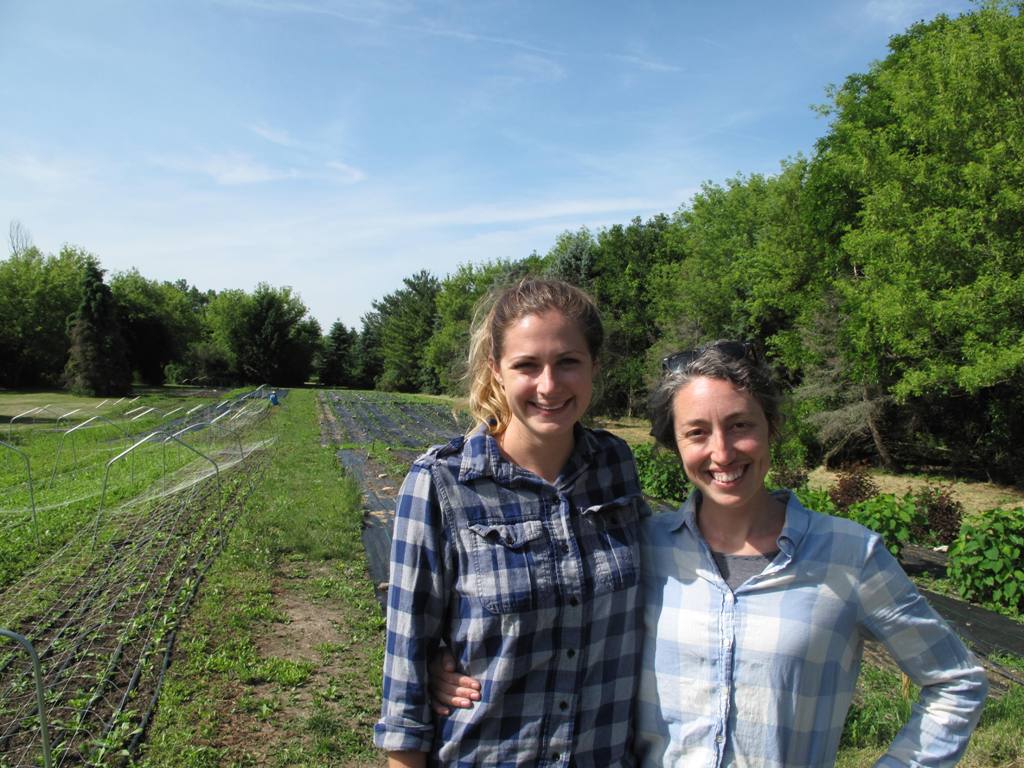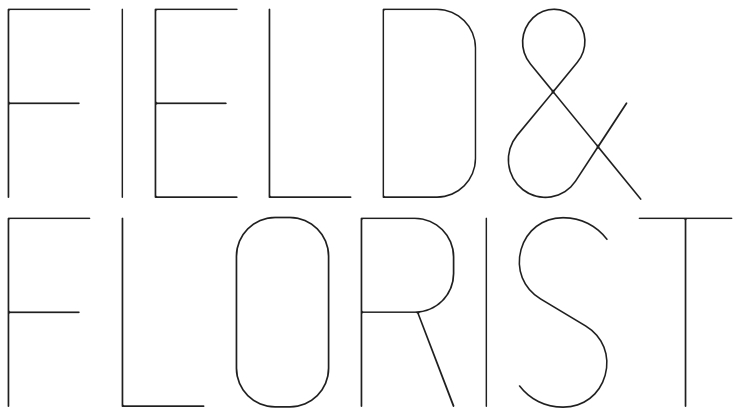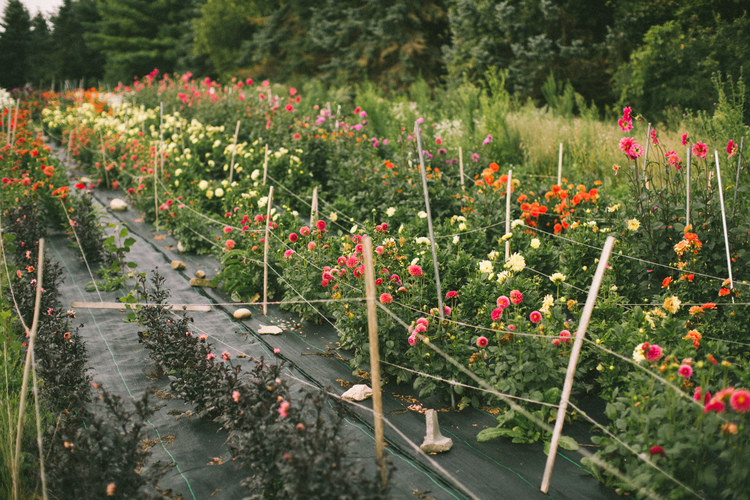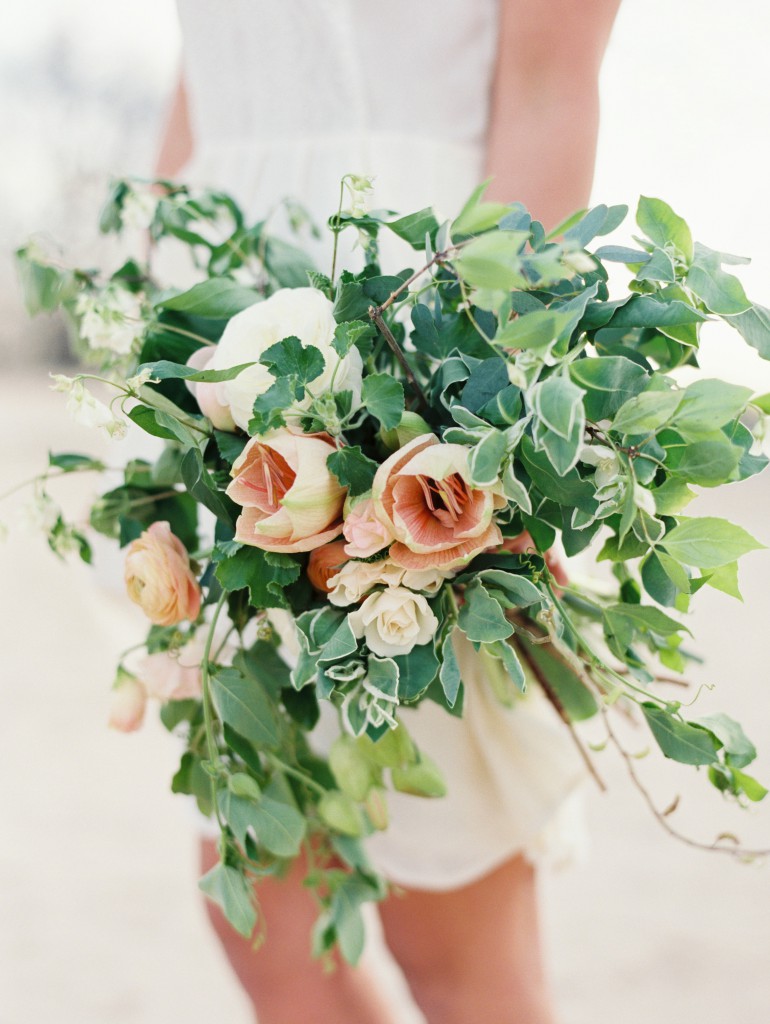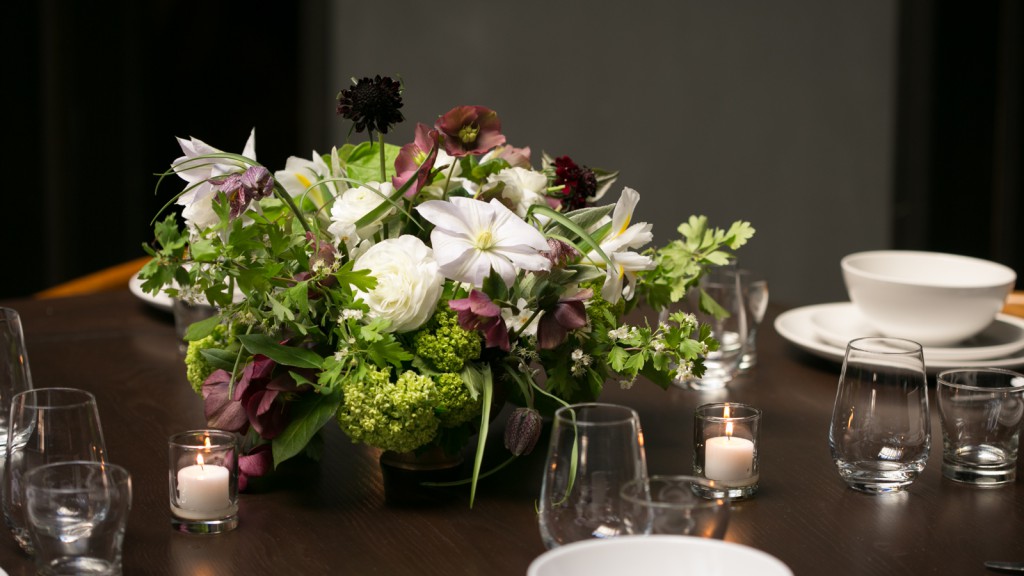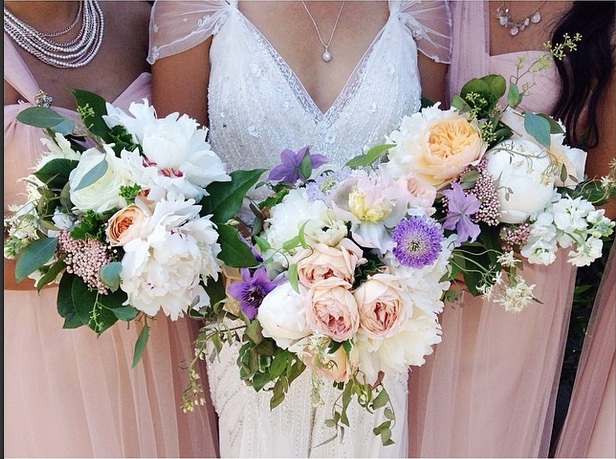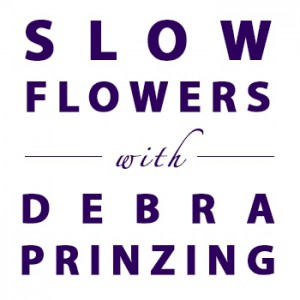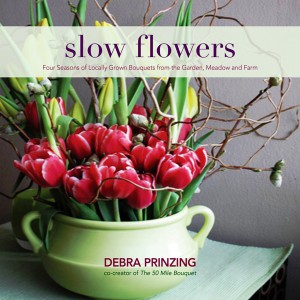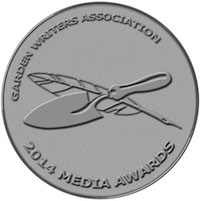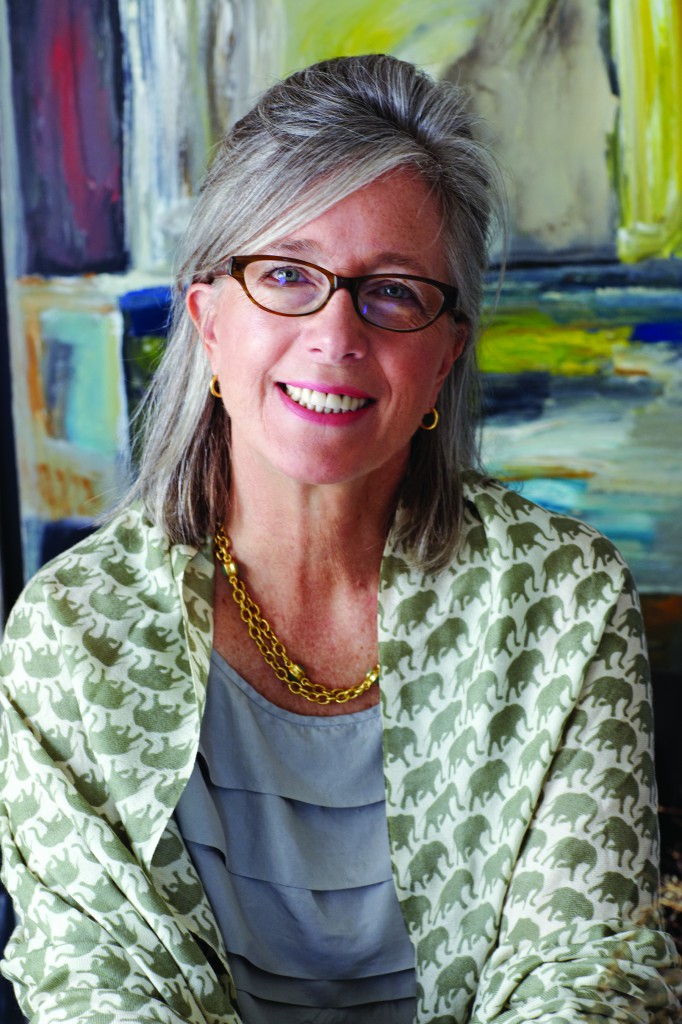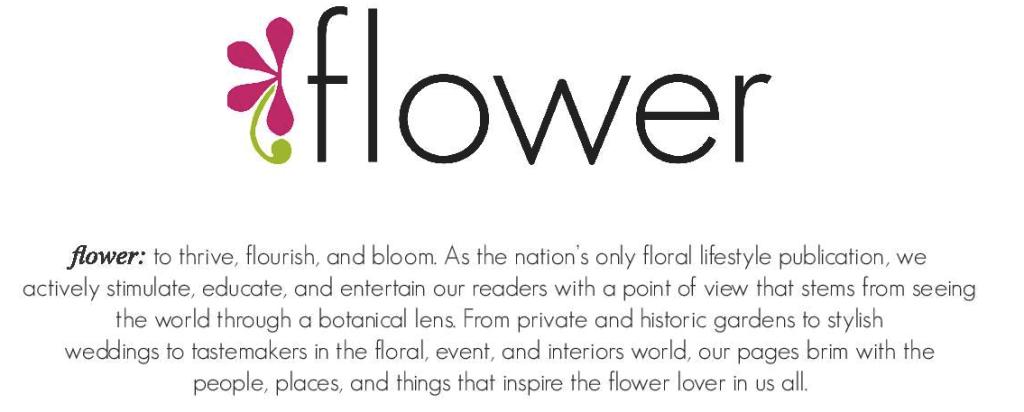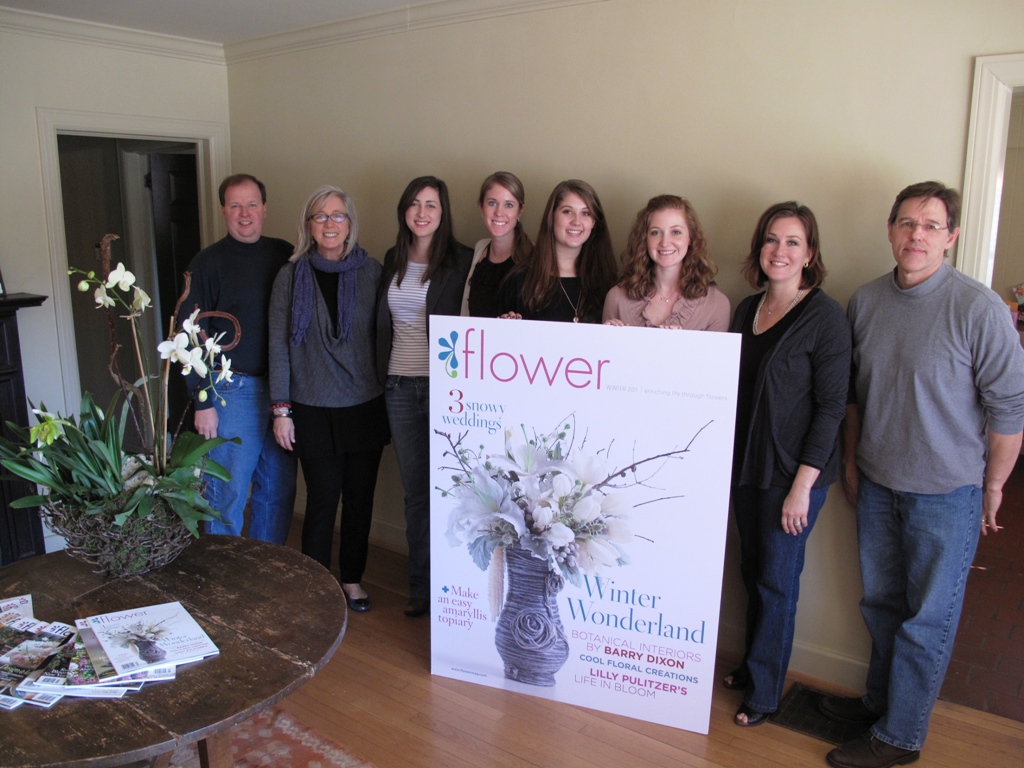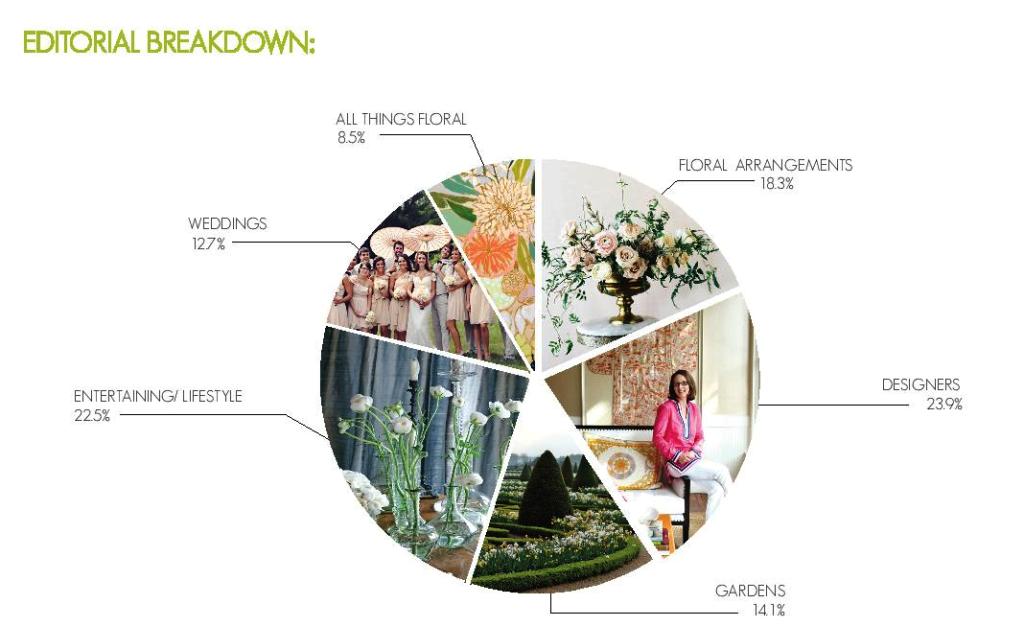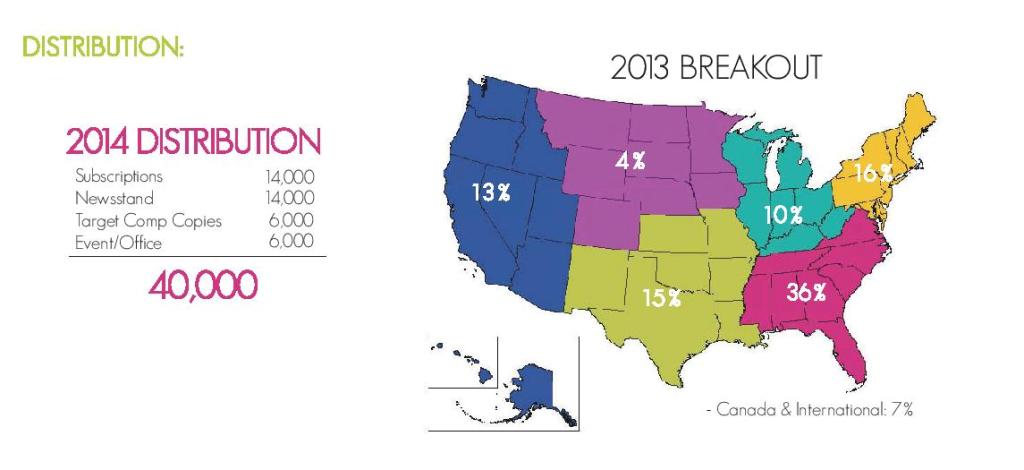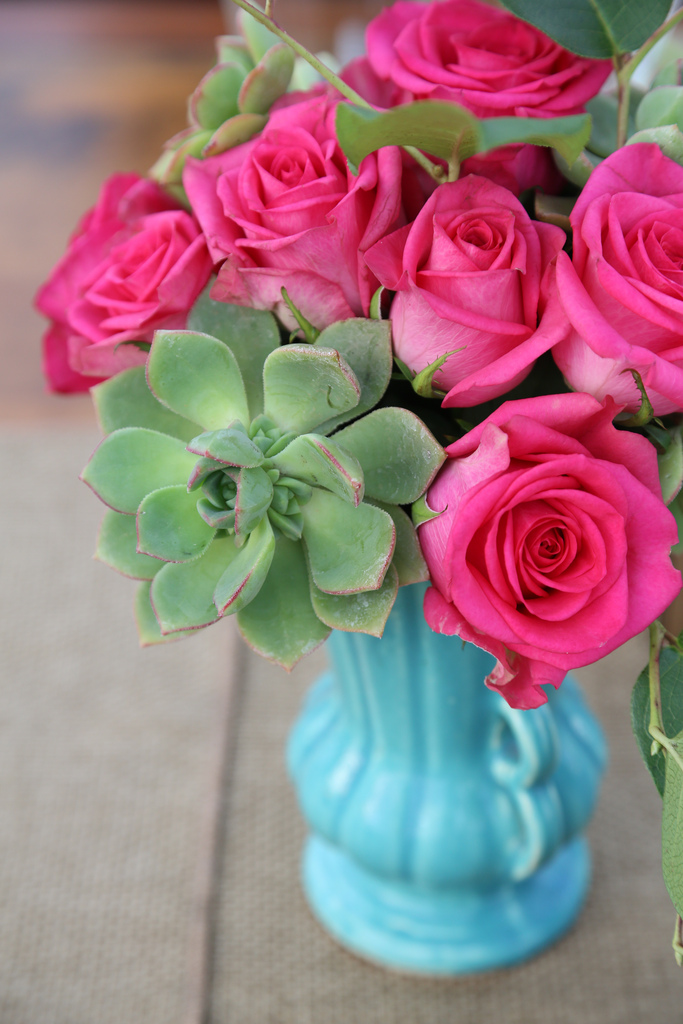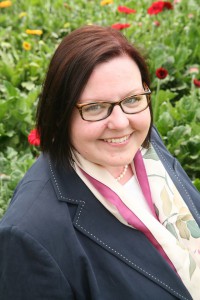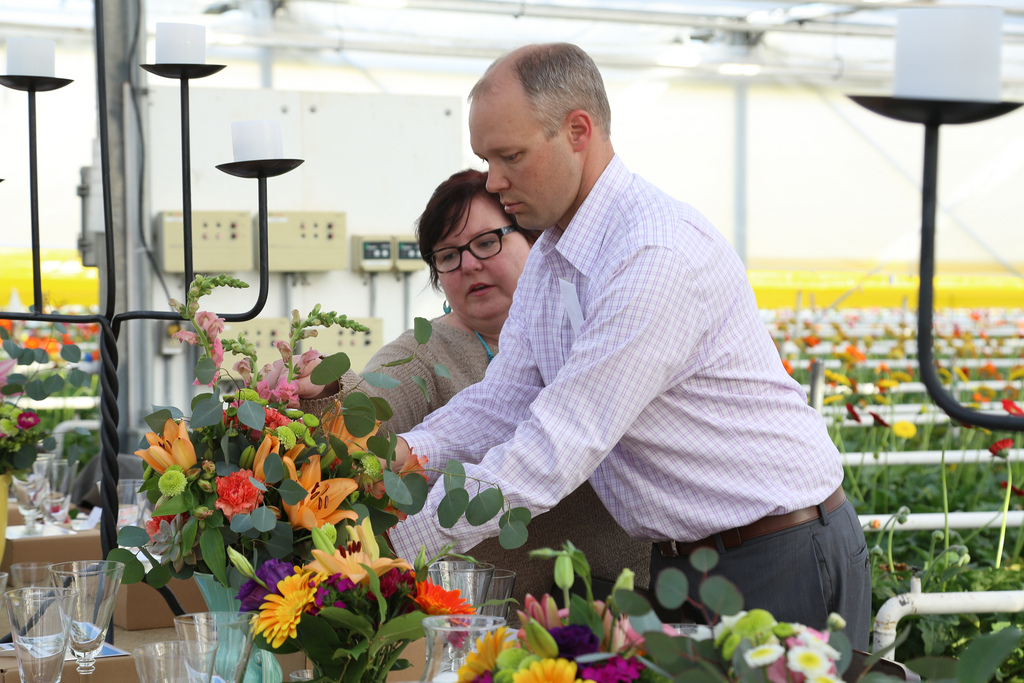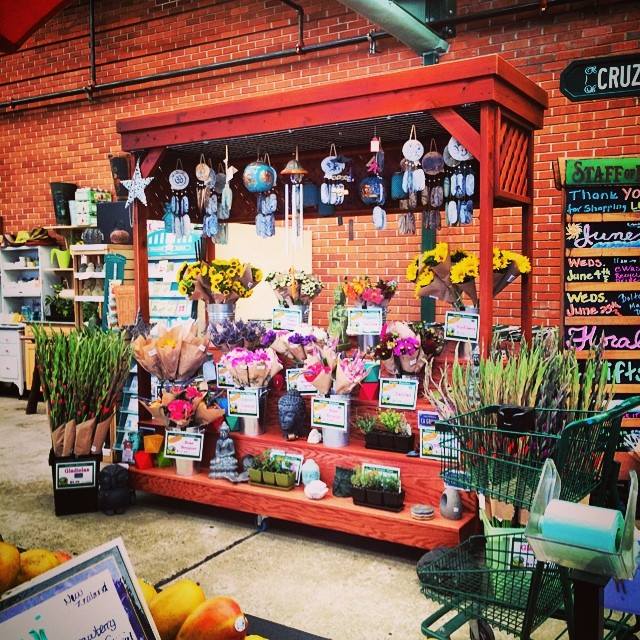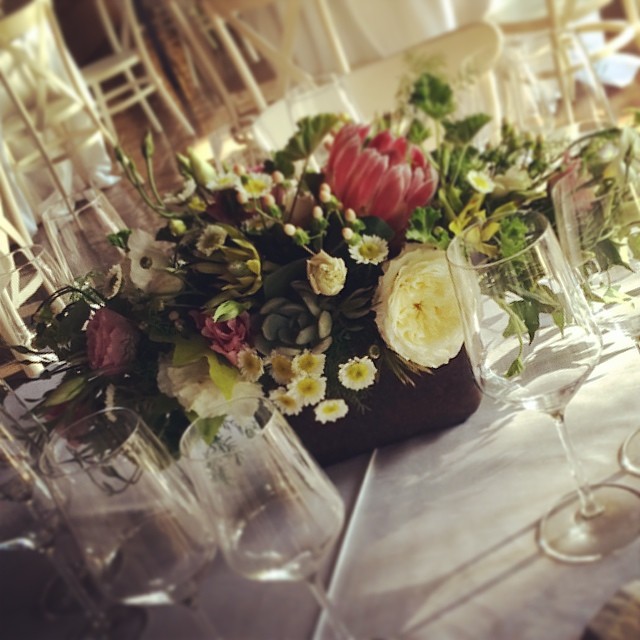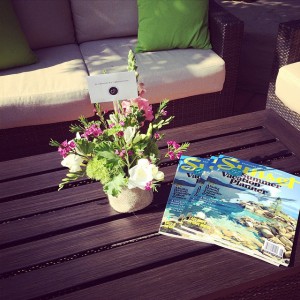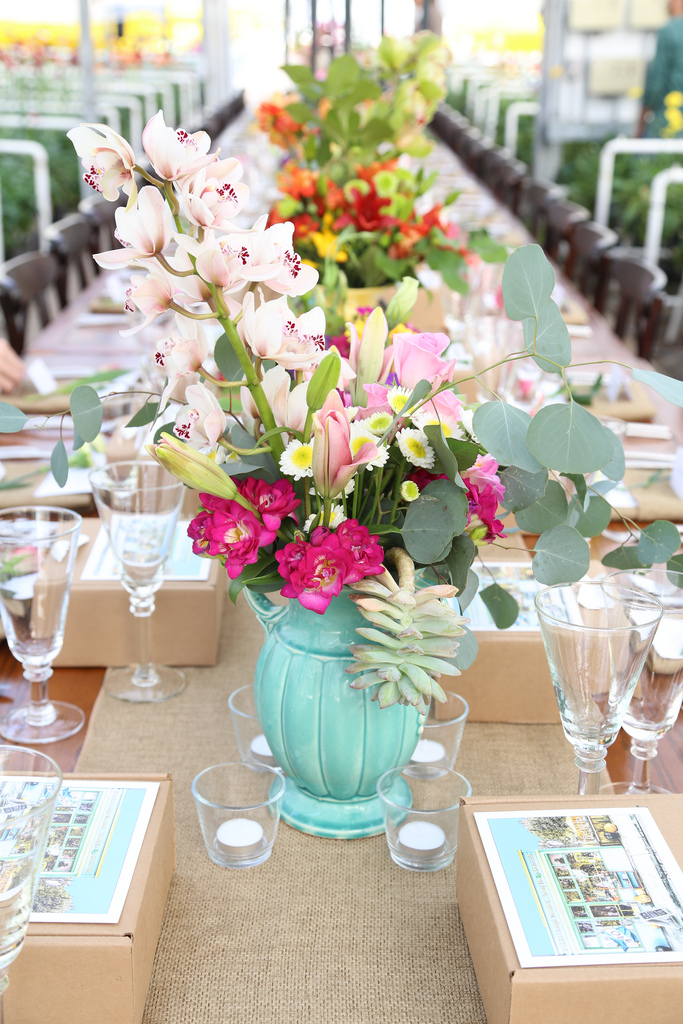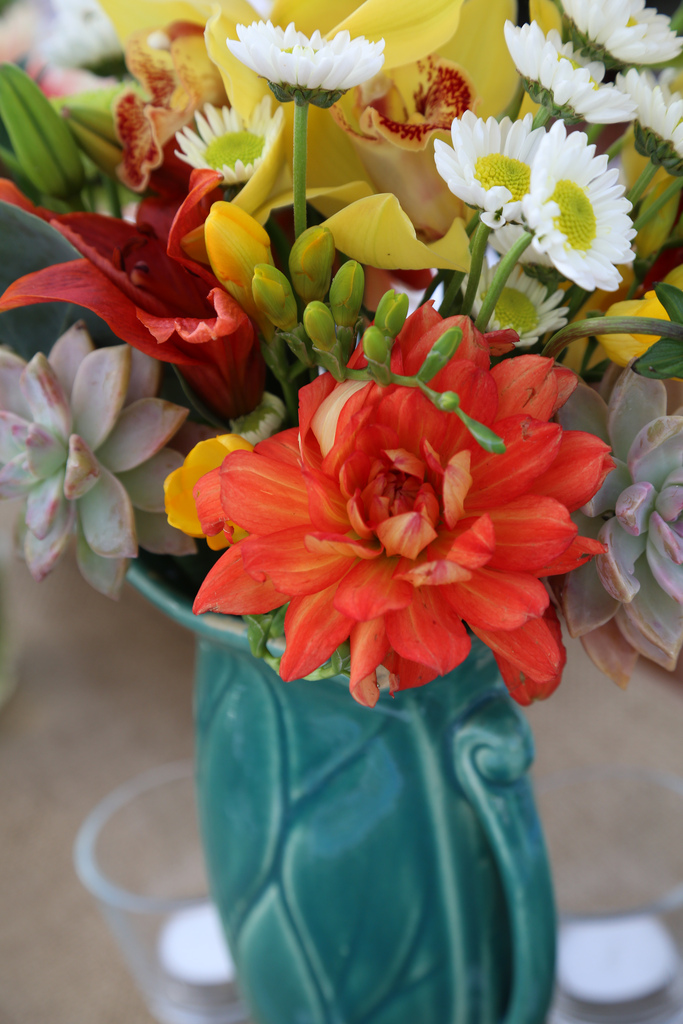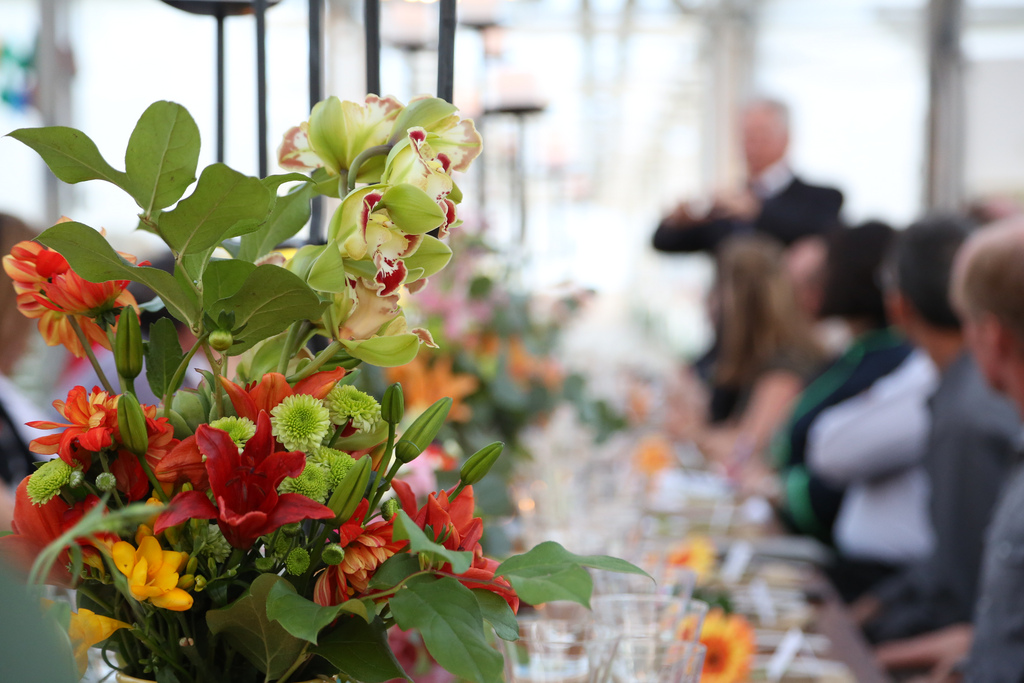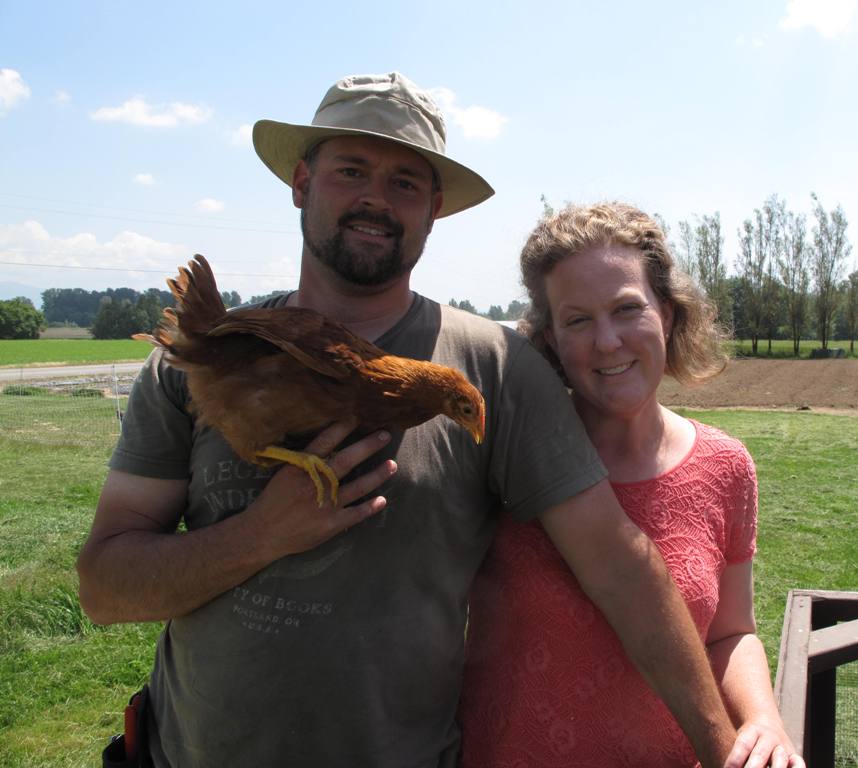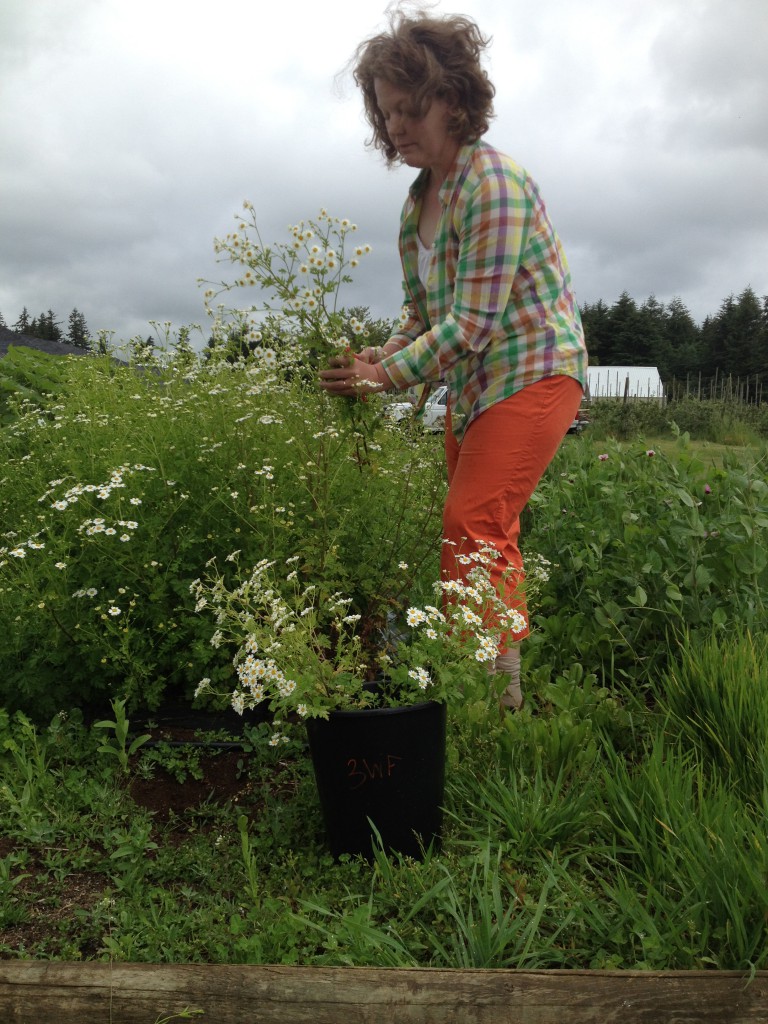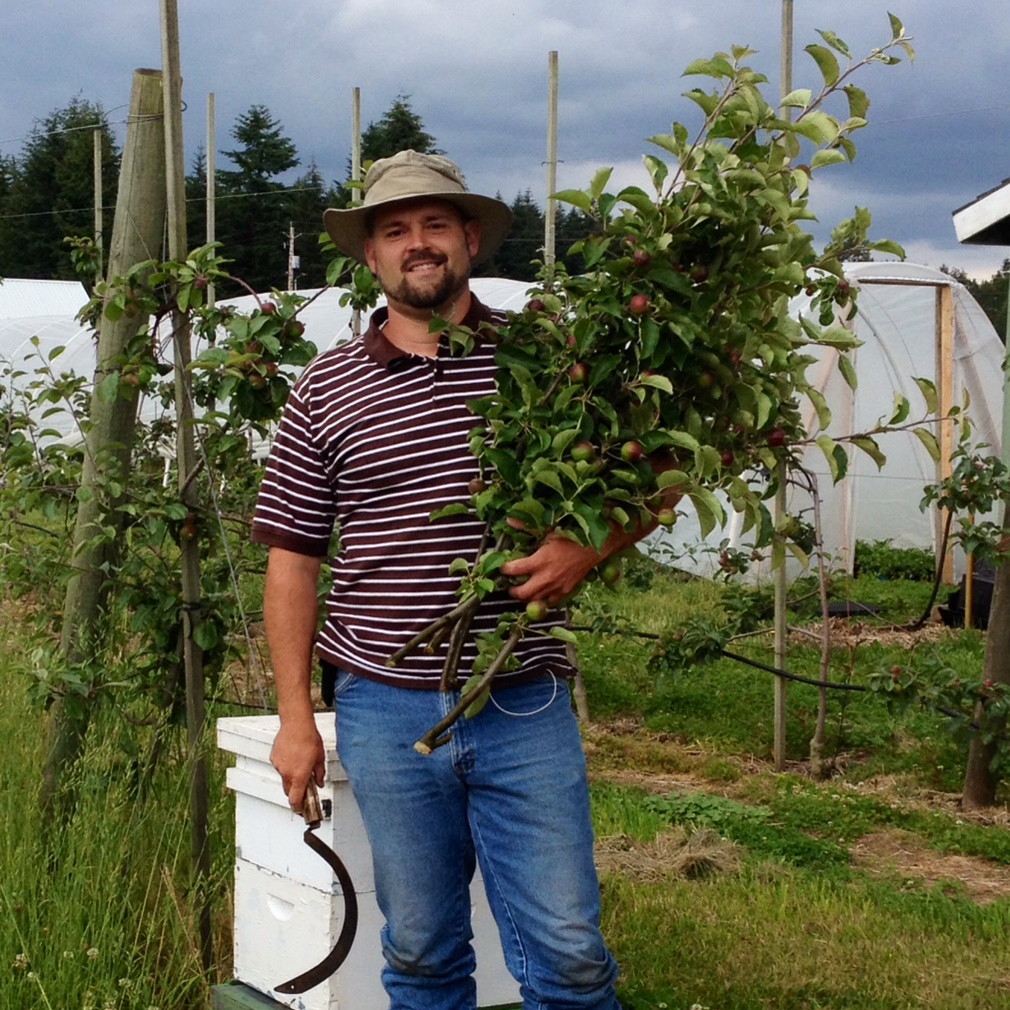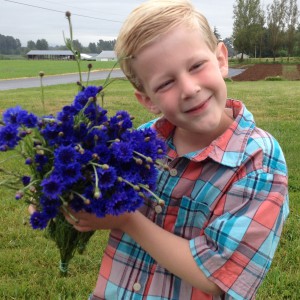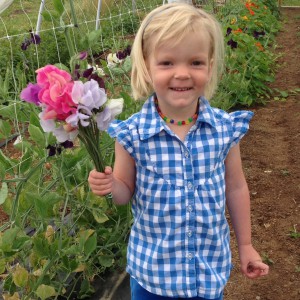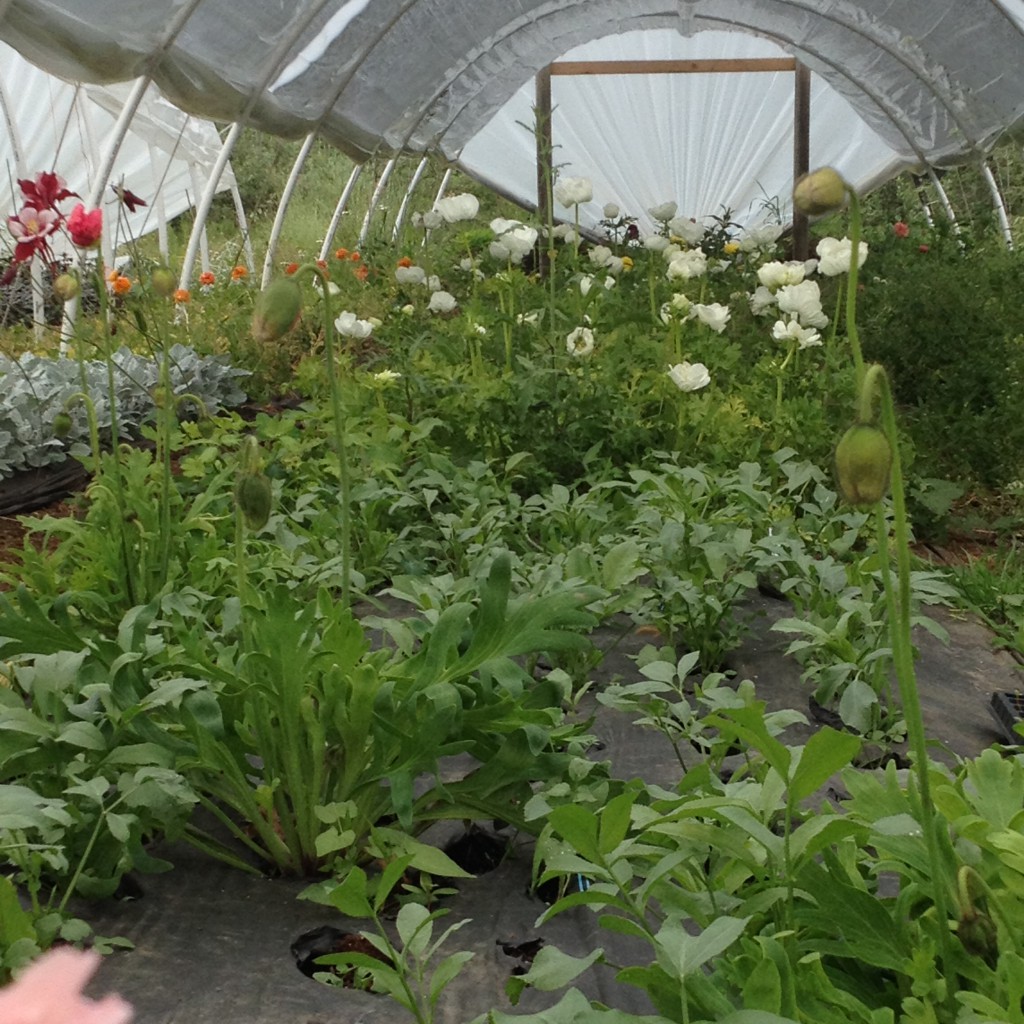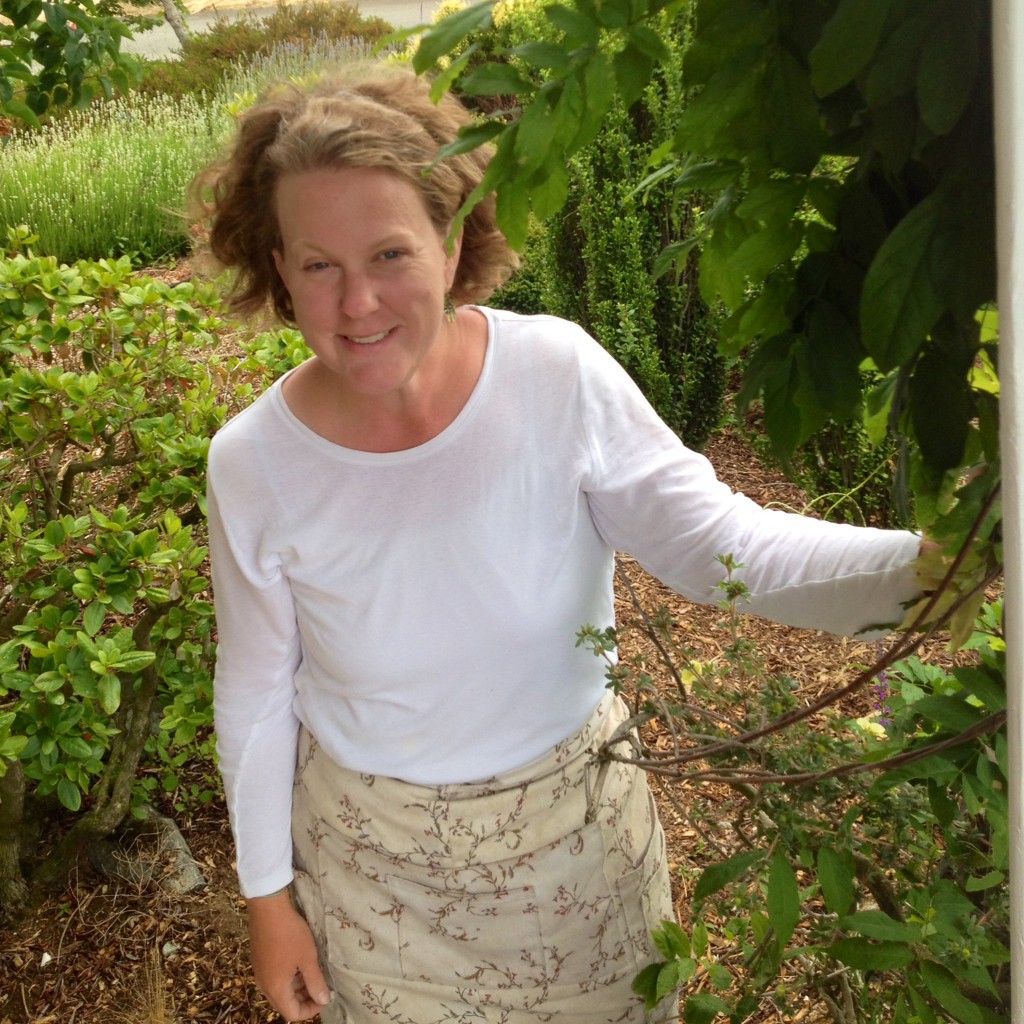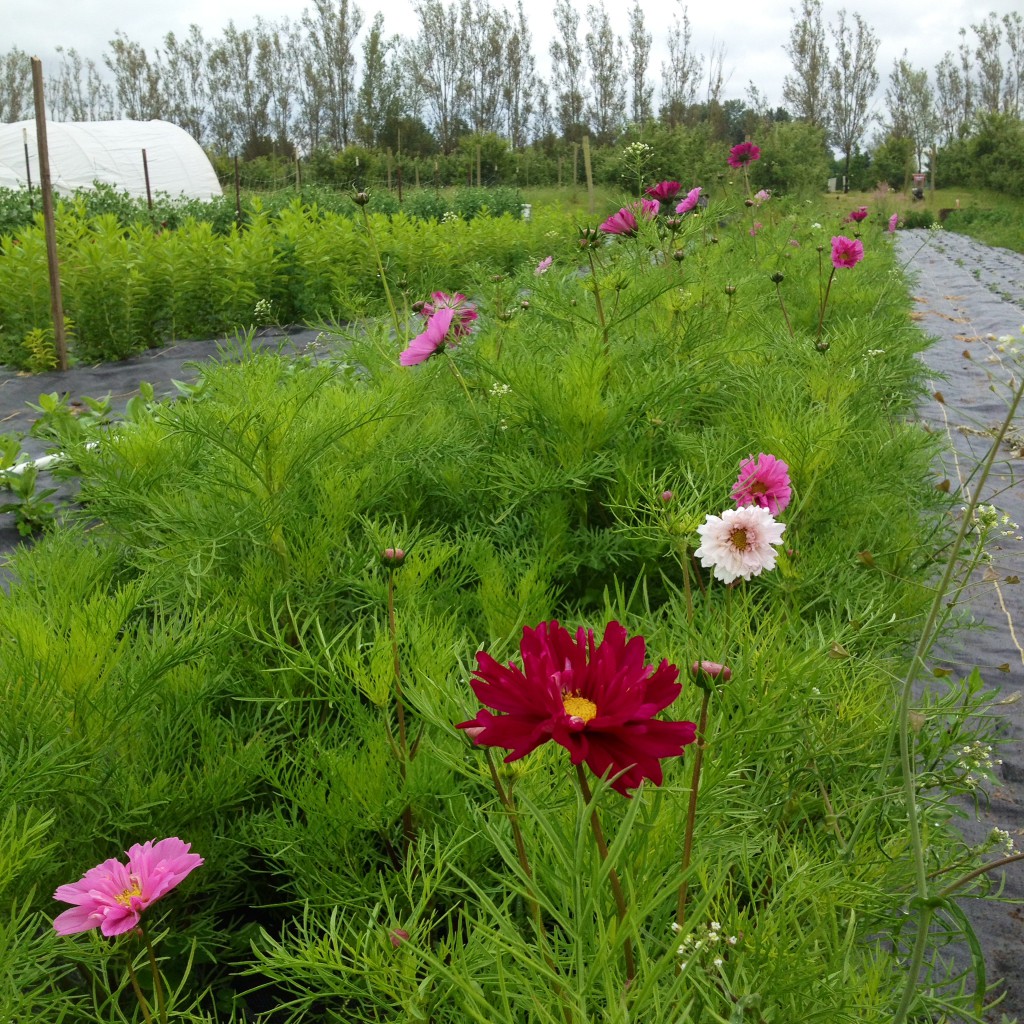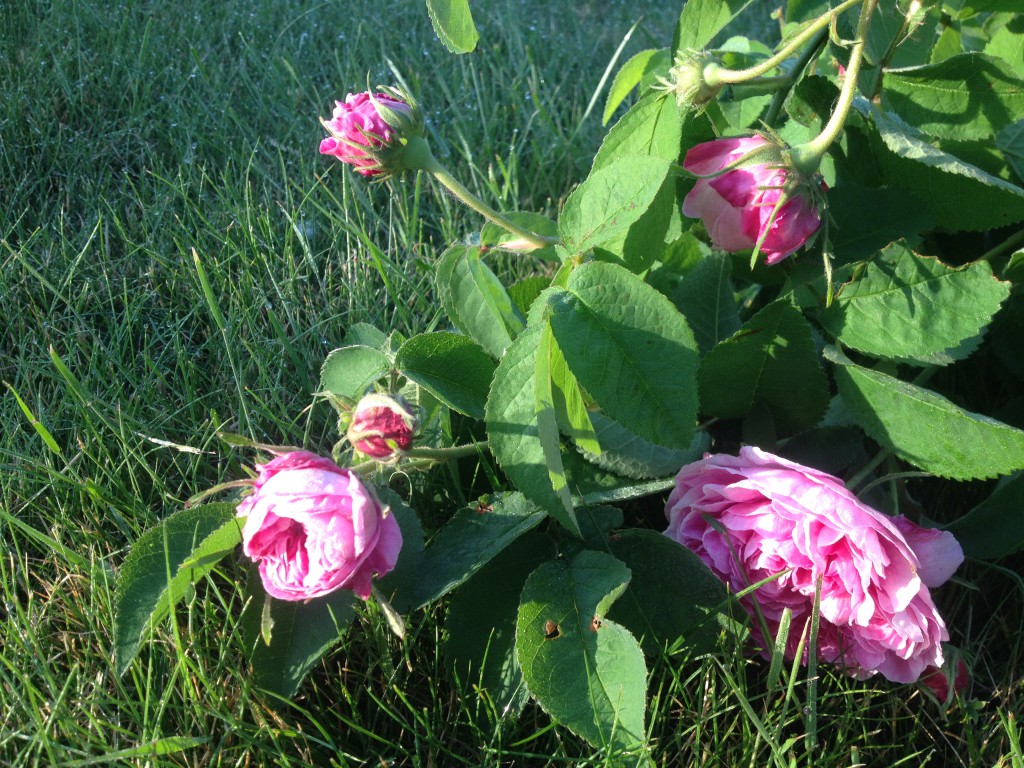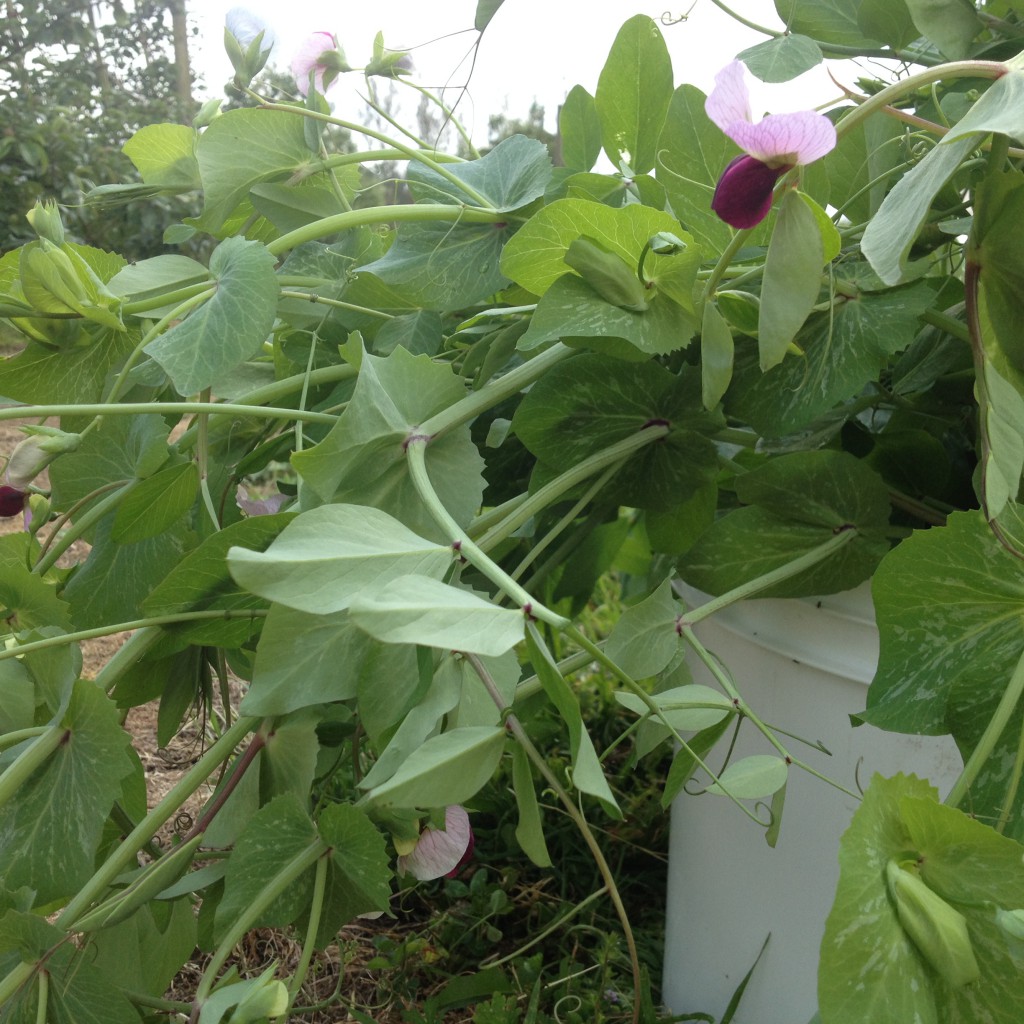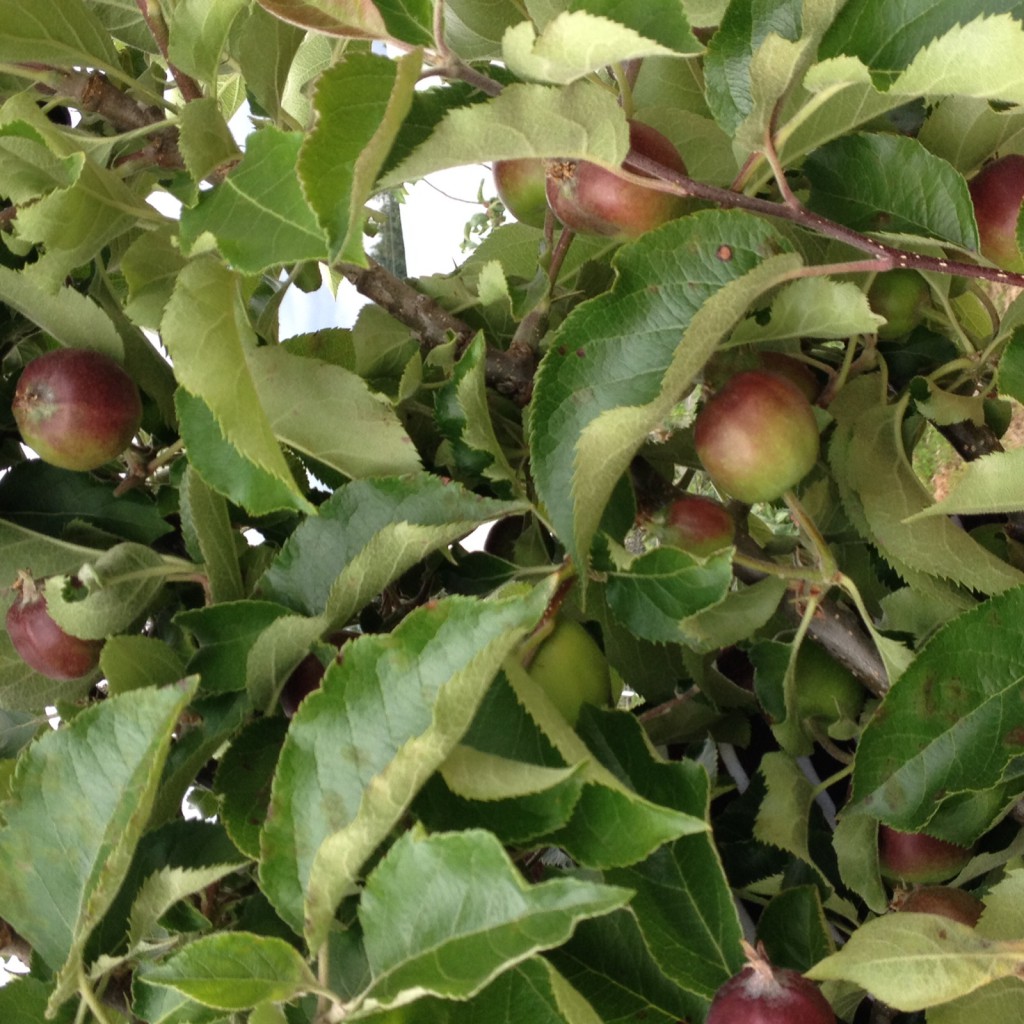Podcast: Play in new window | Download
Subscribe: Apple Podcasts | Podcast Index | RSS | More
I know I’ve raved about Alaska-grown peonies for a few years and YES, they are one of my floral obsessions. No apologies here. When it comes to peonies, The 50 Mile Bouquet is now The 1,500 Mile Bouquet.
But the exciting news is that these flowers are proving to be a very important value-added crop for farmers in Alaska; their lovely peonies satisfy demand at a time when no one else on the planet can supply the popular flower – and these blooms have stimulated economic development in a state that greatly needs it.
Since touring Alaska’s three primary growing regions for cut peonies in 2012, I’ve been a passionate booster for this fabulous American-grown crop – sharing the story of uncommonly beautiful summer peonies available in July, August and even September. My magazine articles, blog posts, lectures and even a previous podcast episode have highlighted peonies for the cut flower trade – and I believe consumers are just as smitten by these peonies as I am.
So it is with a huge amount of joy that I bring you today a special episode about peonies in Alaska. Thanks to the Homer Garden Club and co-chairs Brenda Adams and Roni Overway, I returned to speak at the popular “Homer Gardeners’ weekend,” an event-packed two days featuring lectures, tours and a fun reception at Homer’s only winery.
I spoke about floral design with seasonal ingredients and led an afternoon hands-on workshop using only Alaska-grown flowers. Against all this activity was the beautiful backdrop of Homer and its water, glaciers and expansive skies. The landscape is unforgettable and I loved being able to look across Kachemak Bay to Grewinkg Glacier – a sight that one never tires of.
In this episode you will hear from Beth Van Sandt, owner of Scenic Place Peonies in Homer – And – Christina Stembel, owner of San Francisco-based Farmgirl Flowers.
Beth’s peonies blew us away. It was so wonderful to share my excitement with Christina, who joined me on this fun floral vay-cay. Christina is a foremost advocate for domestic cut flowers. Through her company Farmgirl Flowers, this woman has been a tireless advocate for local and seasonal flowers, as she sources and promotes flowers from California flower farms and sustainable design.
When I told Christina back in March that I was heading to Homer in early August, she said: “I’d love to come” – and I took her seriously. While I enjoyed the companionship, I also loved the intellectual and creative stimulation of being with a kindred spirit – a fellow American Grown flower advocate and a designer who walks the talk with what she uses in her daily designs for customers who shop at farmgirlflowers.com.
Christina and I sat down one morning to record our musings about what we were both personally experiencing on this trip. We owe a huge thanks to Beth and her husband Kurt Weichhand. Their Scenic Place B&B was our home for four nights and we were cozy, comfy and happy. It was a magical trip for me in so many ways and I’m grateful to Christina, Beth and the other Homer peony farmers for giving me such a memorable experience.
On Scenic Place Peonies’ web site, Beth writes: “We are long time Alaskans who work, play and enjoy living on the Kenai Peninsula. Located on the scenic East Hill side of Homer, overlooking beautiful Kachemak Bay, Beth grows 14 different cultivars of peonies for the cut flower market. At elevation 1,150 feet, Scenic Place Peonies is one of the latest producers of fresh cut peony stems grown in America – with flowers harvested from mid July, August and September.”
The farm holds a Certified Naturally Grown designation. “Because we value our family, community and the wild creatures that we share our farm with, we choose to grow naturally without the use of harsh chemicals and with the utmost care and love. When you see, touch and smell our flowers you will only experience the true beauty and fragrance of the peony,” Beth writes.
Scenic Place Peonies thrives on a perfect combination of climate, rich black soil, cool temps and crazy sunshine of up to 20 hours a day. These assets produce magnificent flowers with long, robust stems and exceptional blooms.
Thank you for joining me today to hear some of the exciting voices in American flower farming and floral design.
Please join me next week for another insightful and educational episode of the Slow Flowers Podcast. Thanks to listeners like you, this podcast has been downloaded more than 18,000 times. If you like what you hear, please consider logging onto Itunes and posting a listener review.
Until next week please join me in putting more American grown flowers on the table, one vase at a time.
The Slow Flowers Podcast is engineered and edited by Hannah Holtgeerts and Andrew Wheatley. Learn more about their work at hhcreates.net









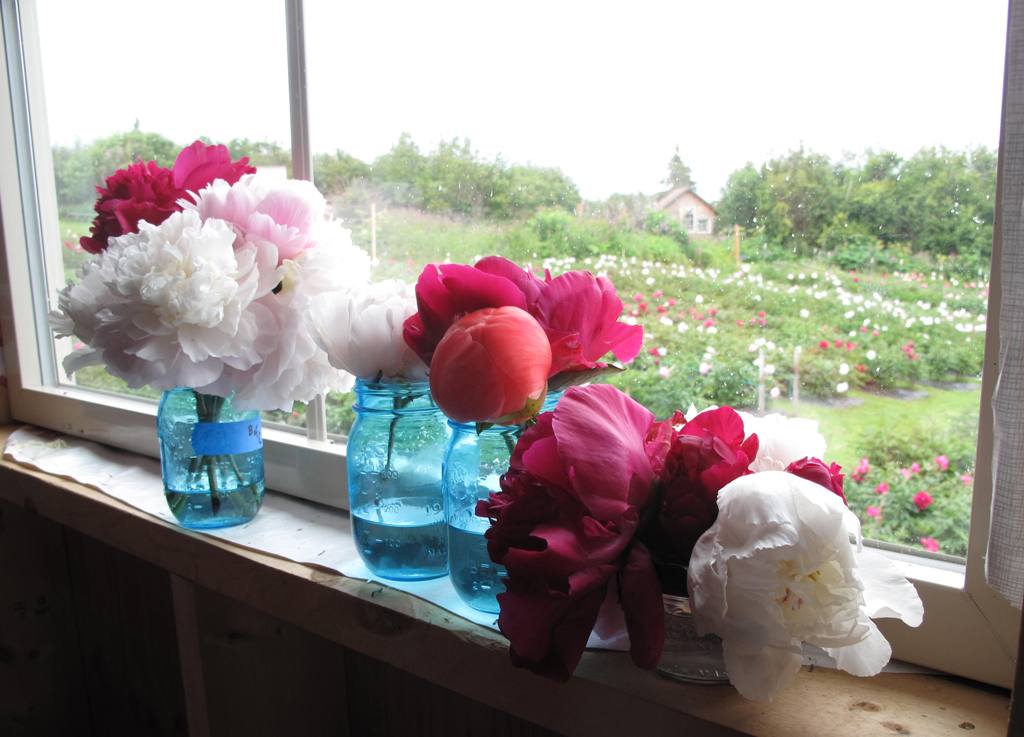
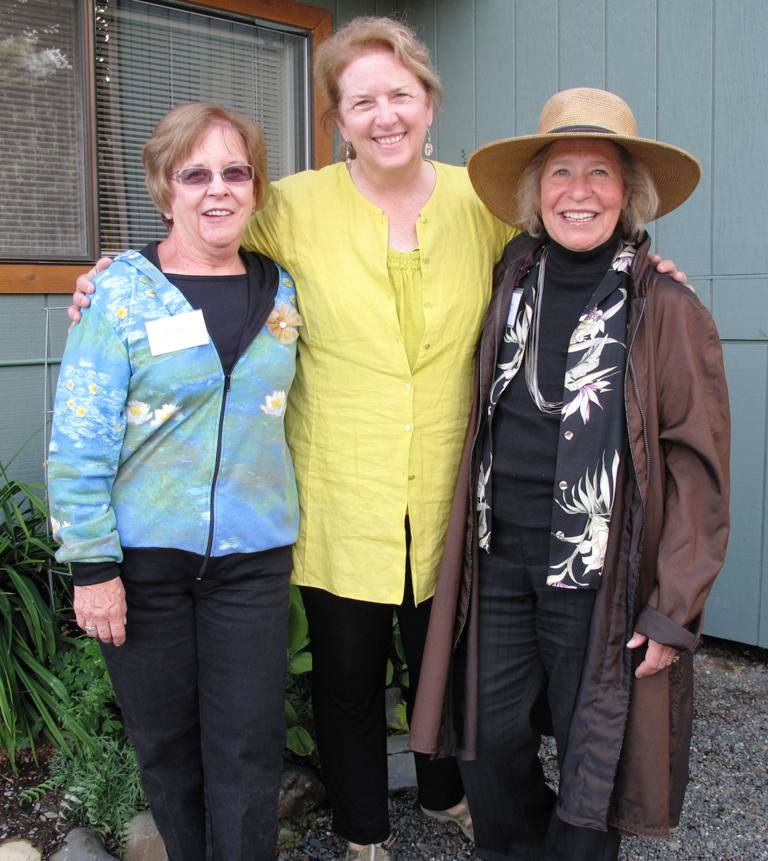

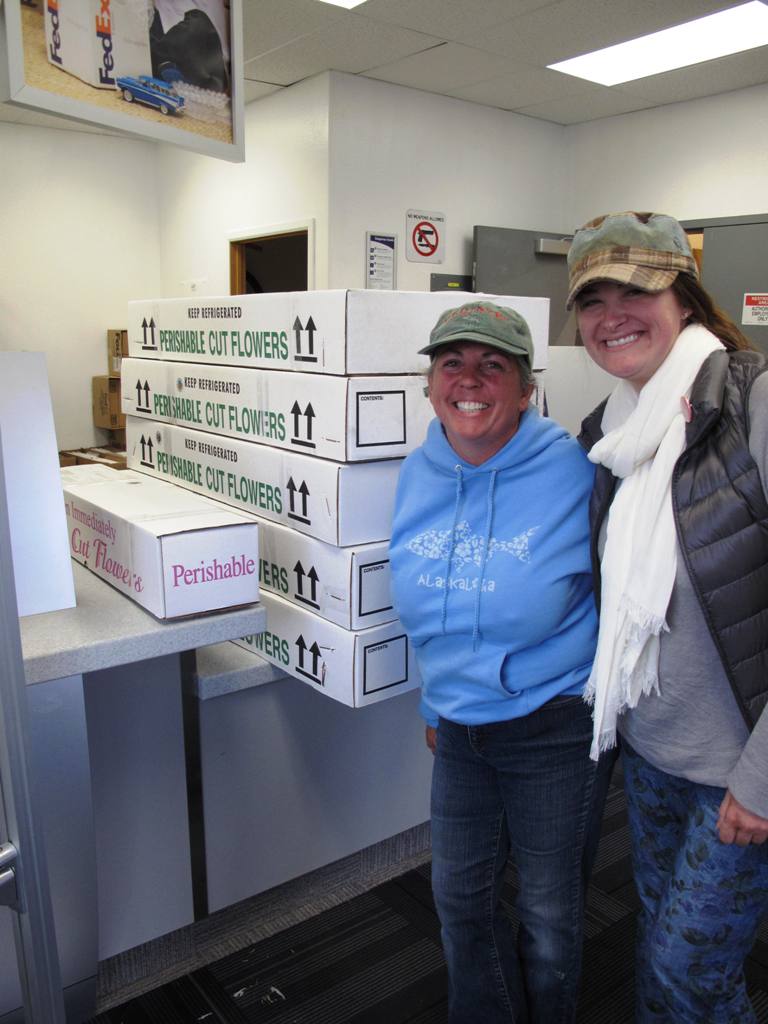
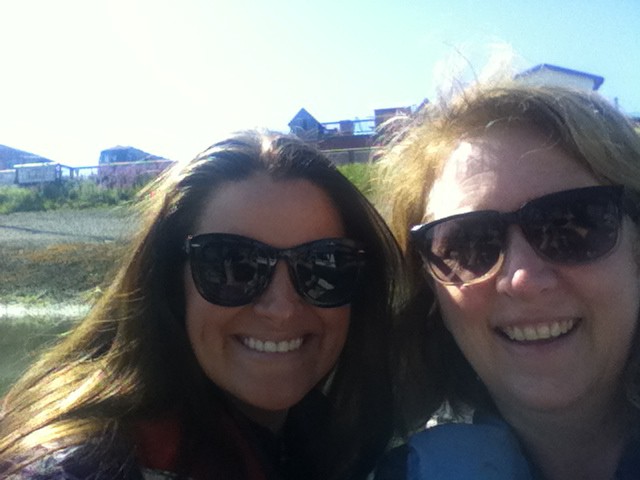
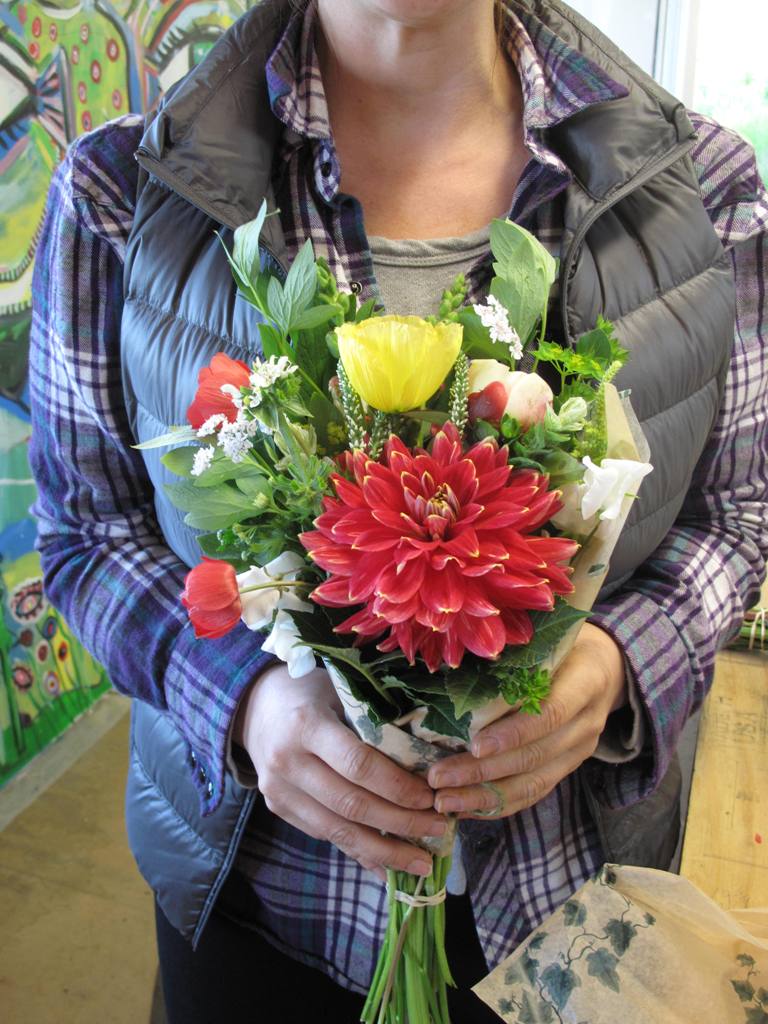
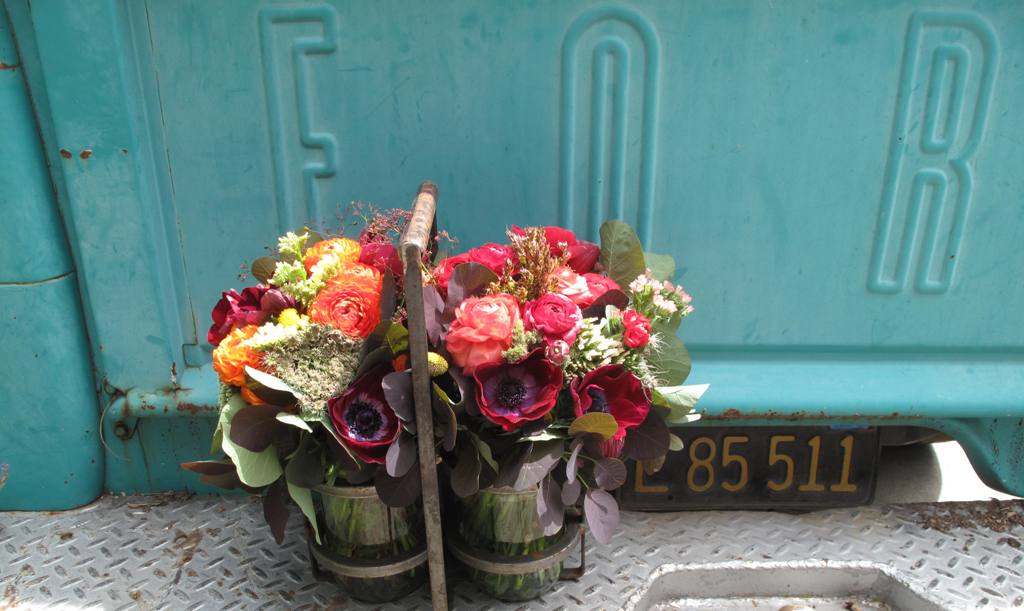
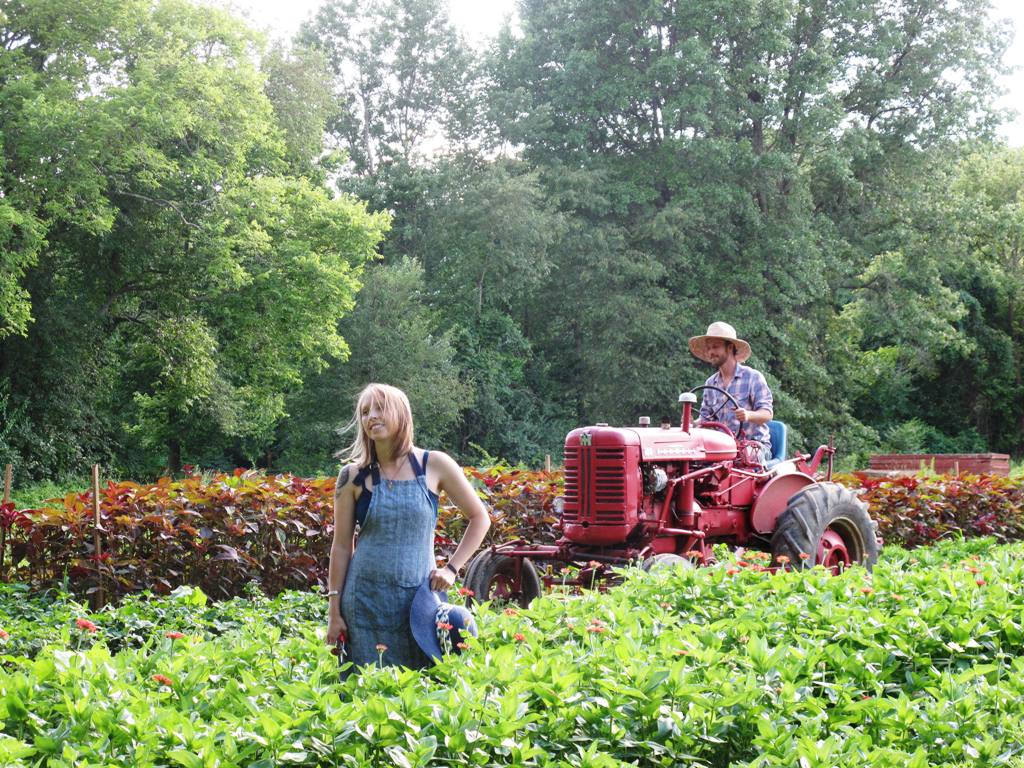

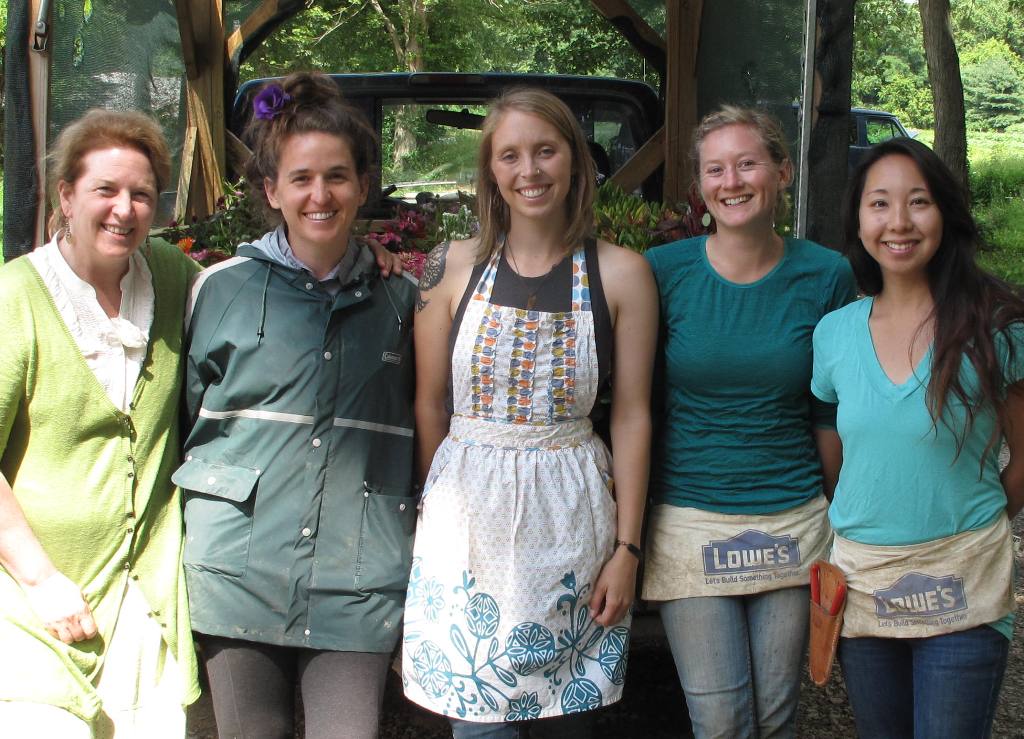
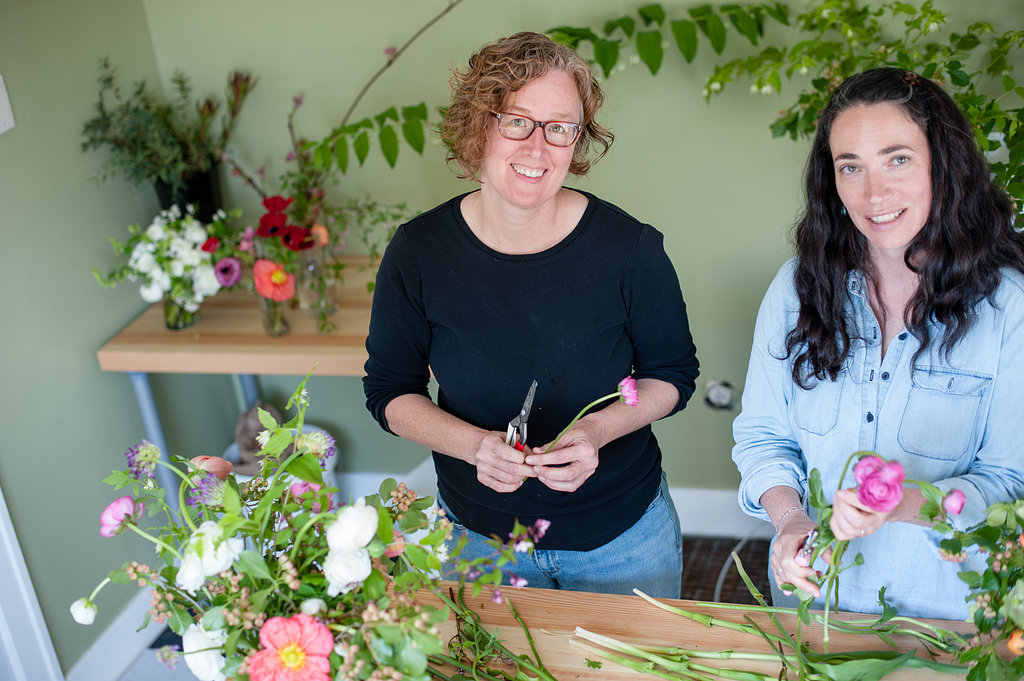
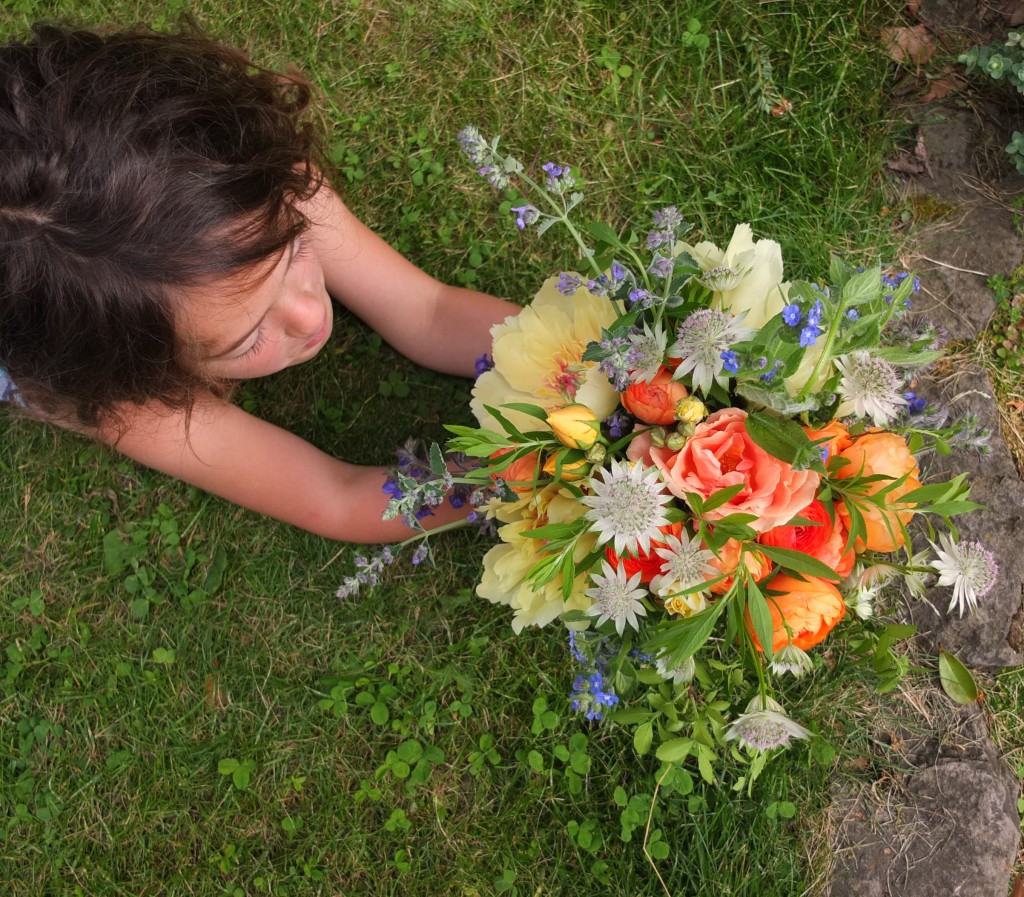
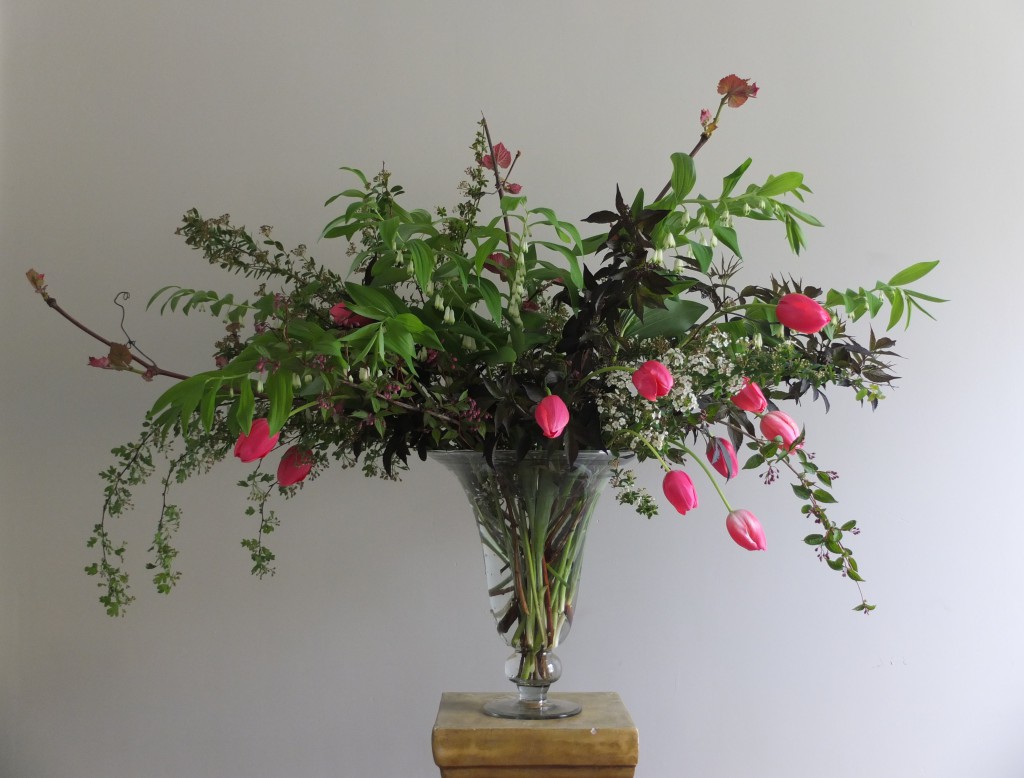
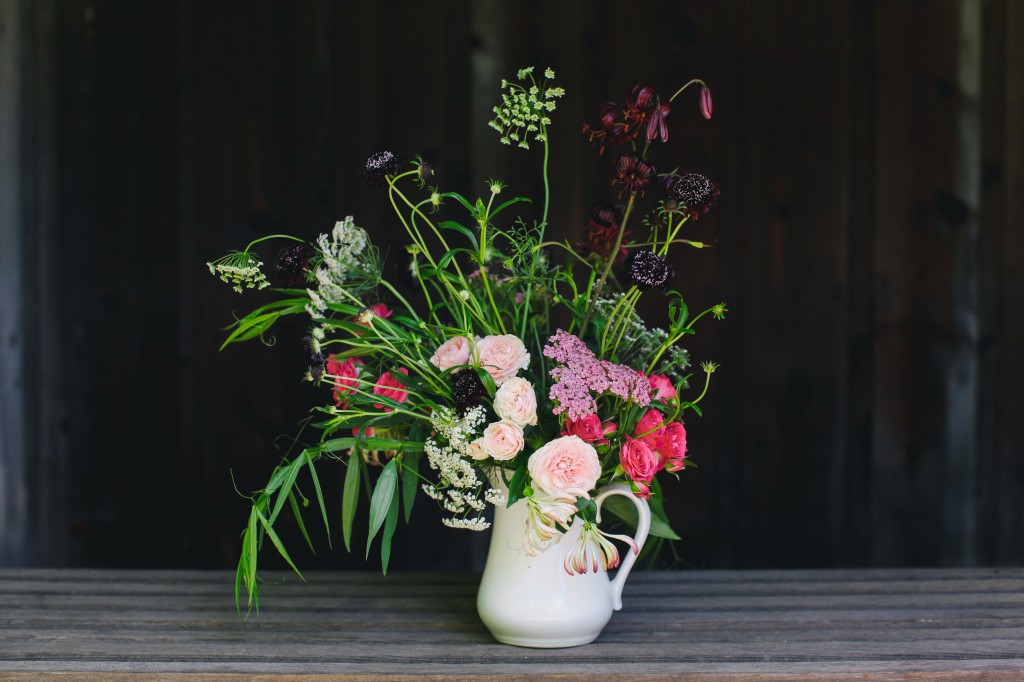
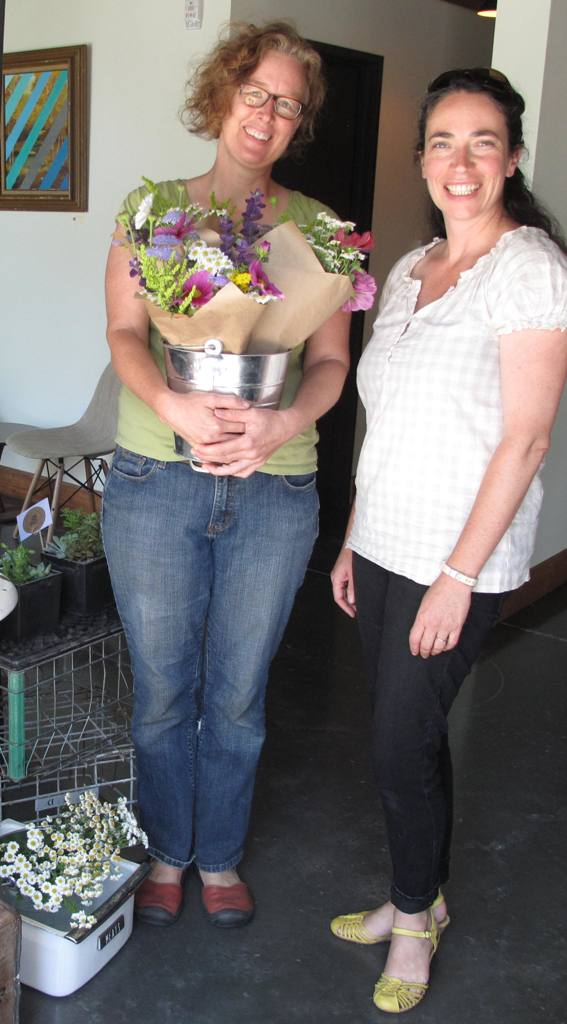
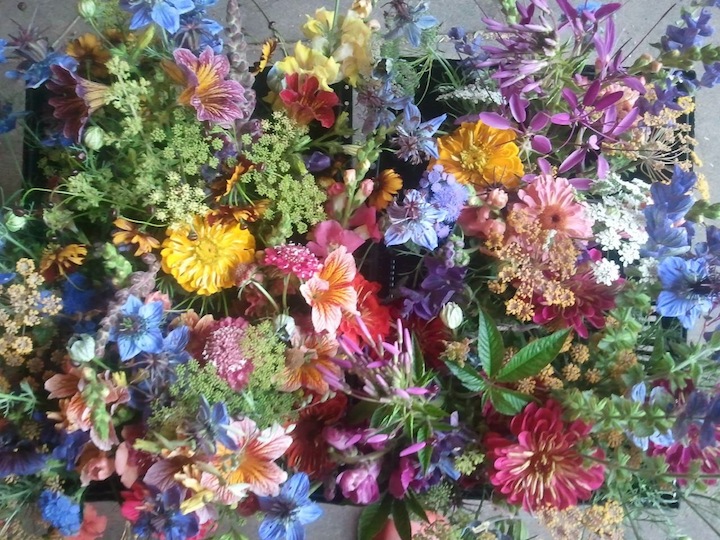
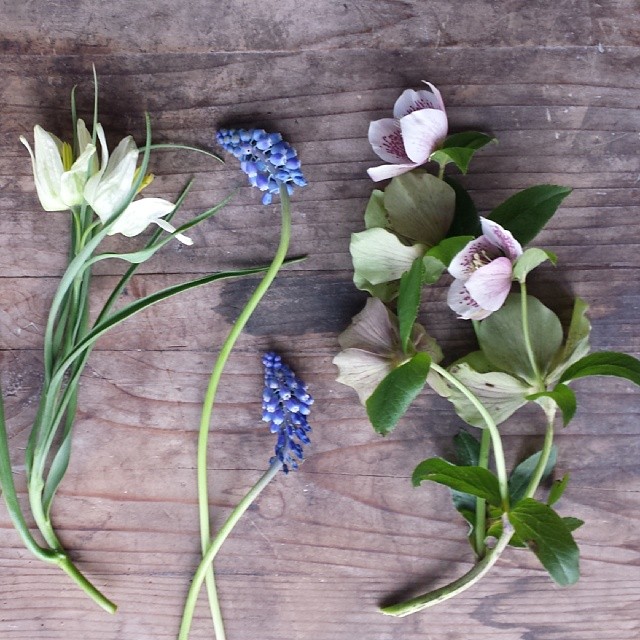
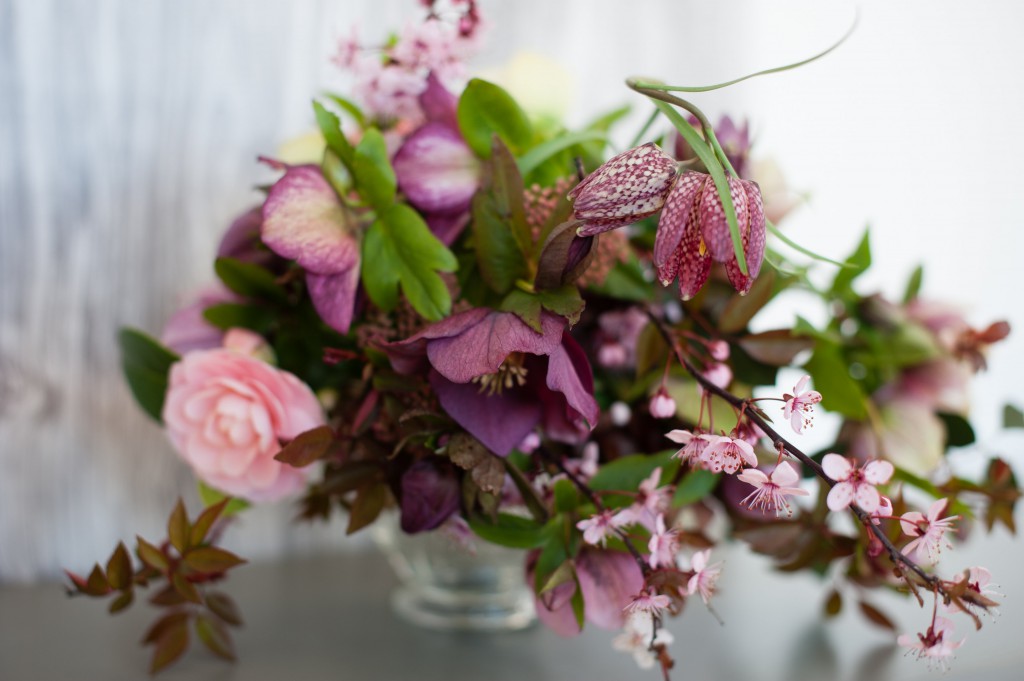
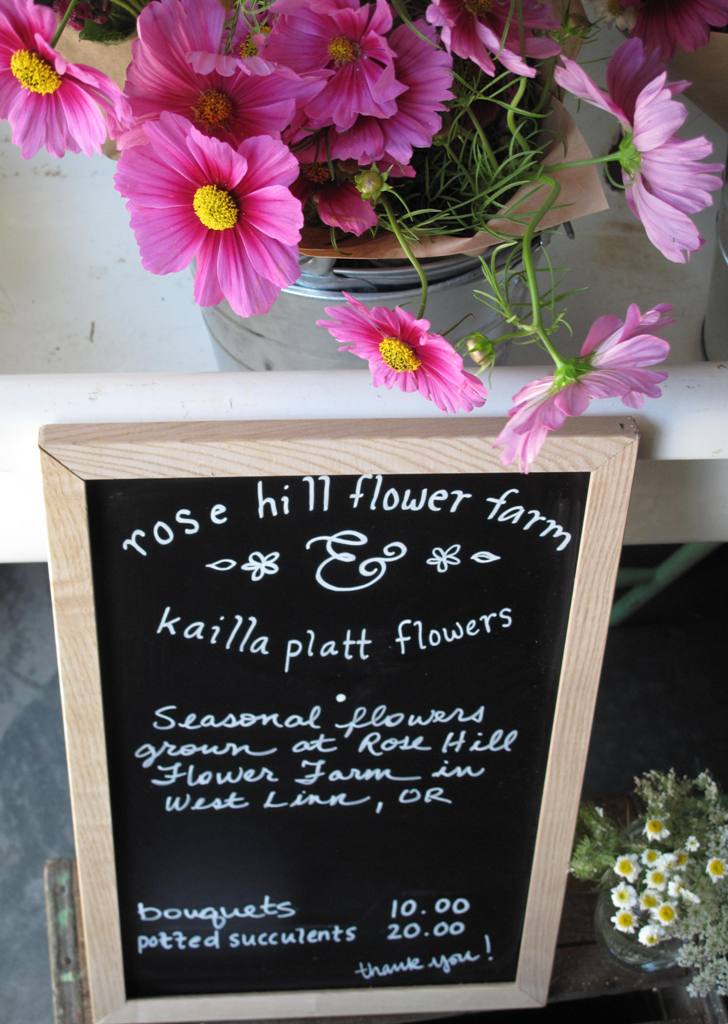
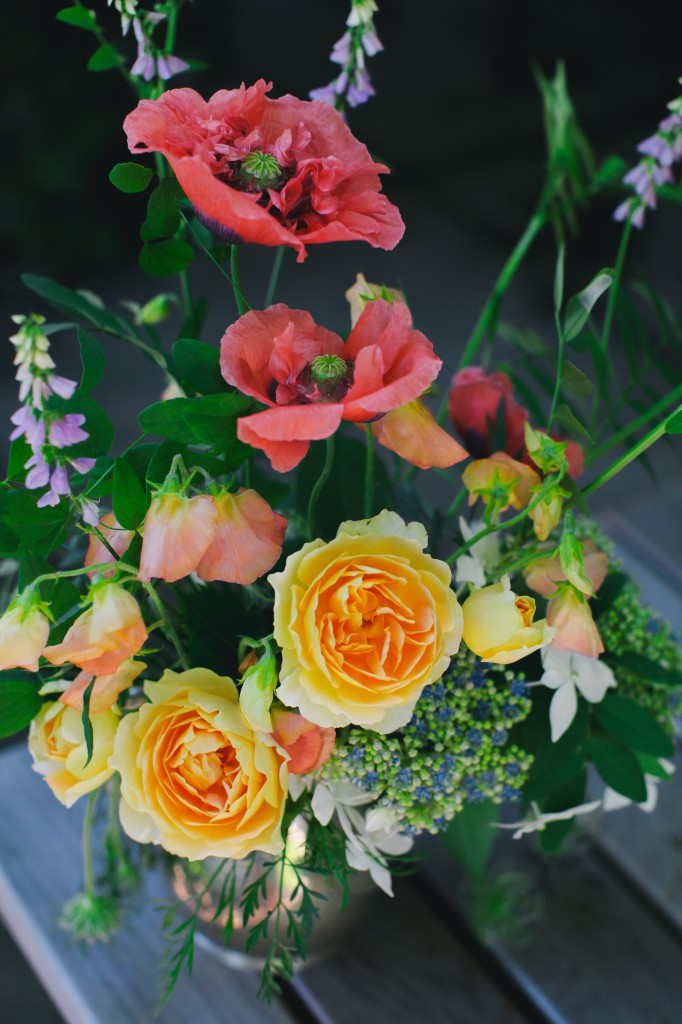
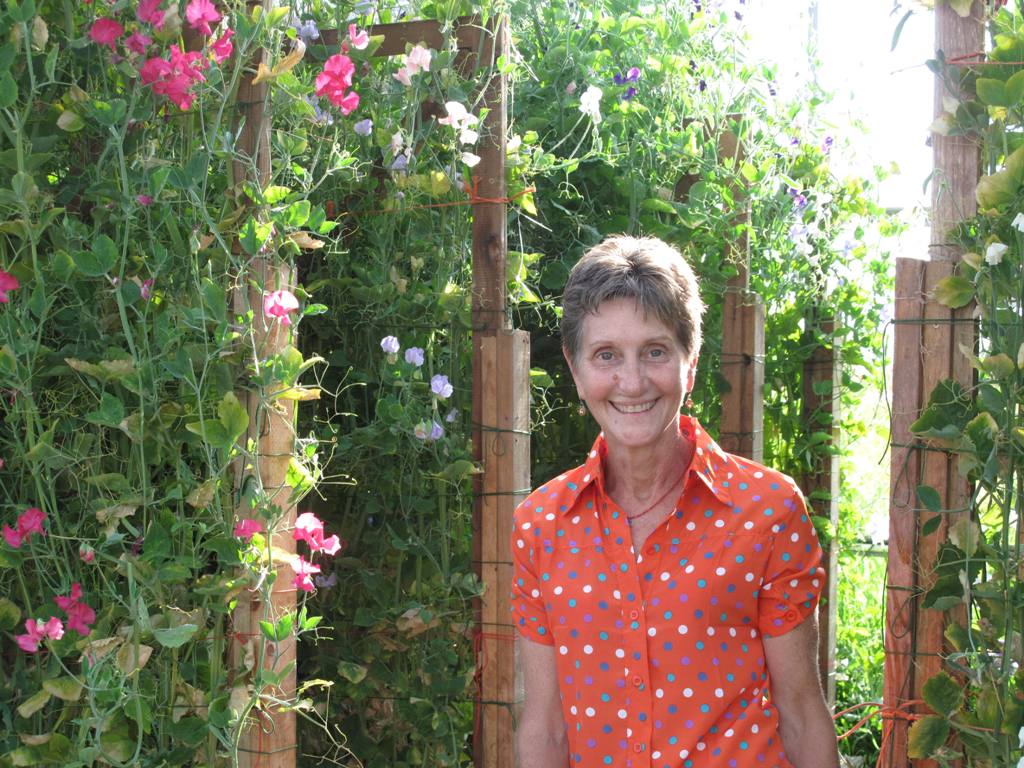
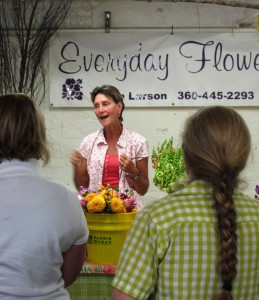
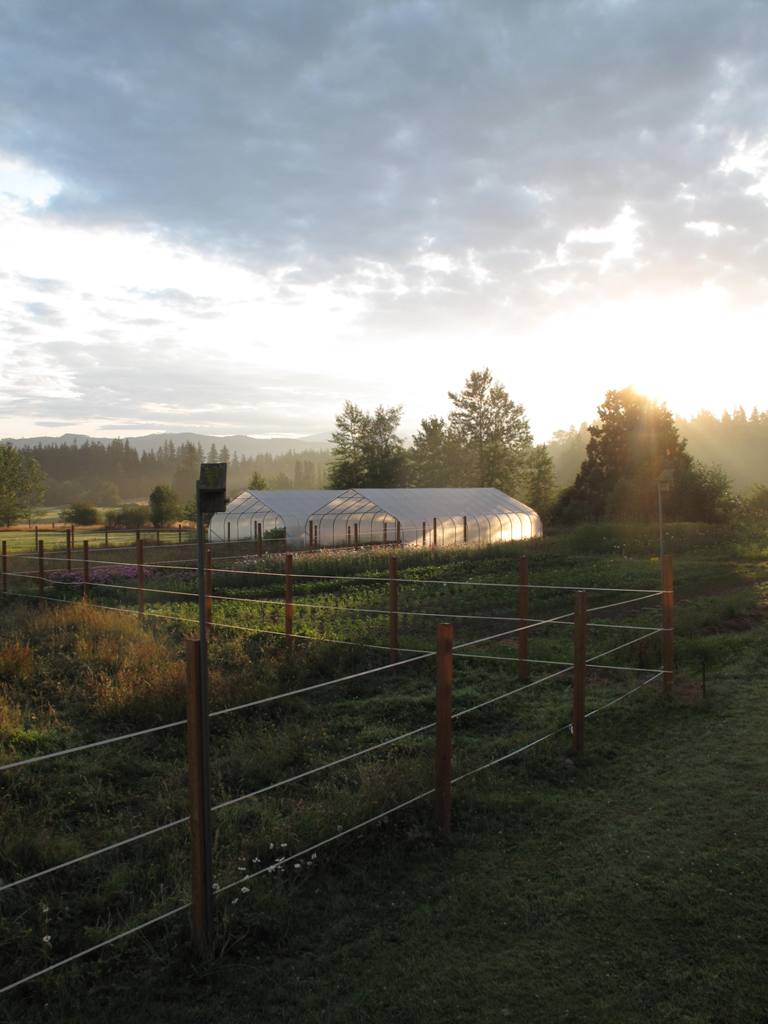
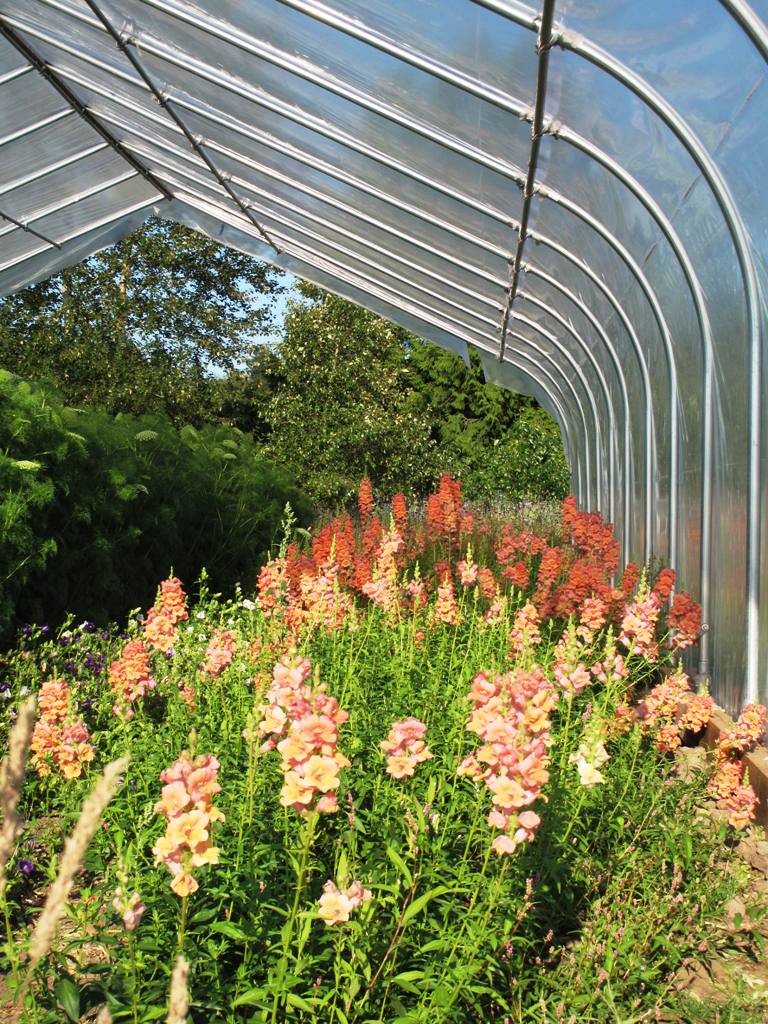
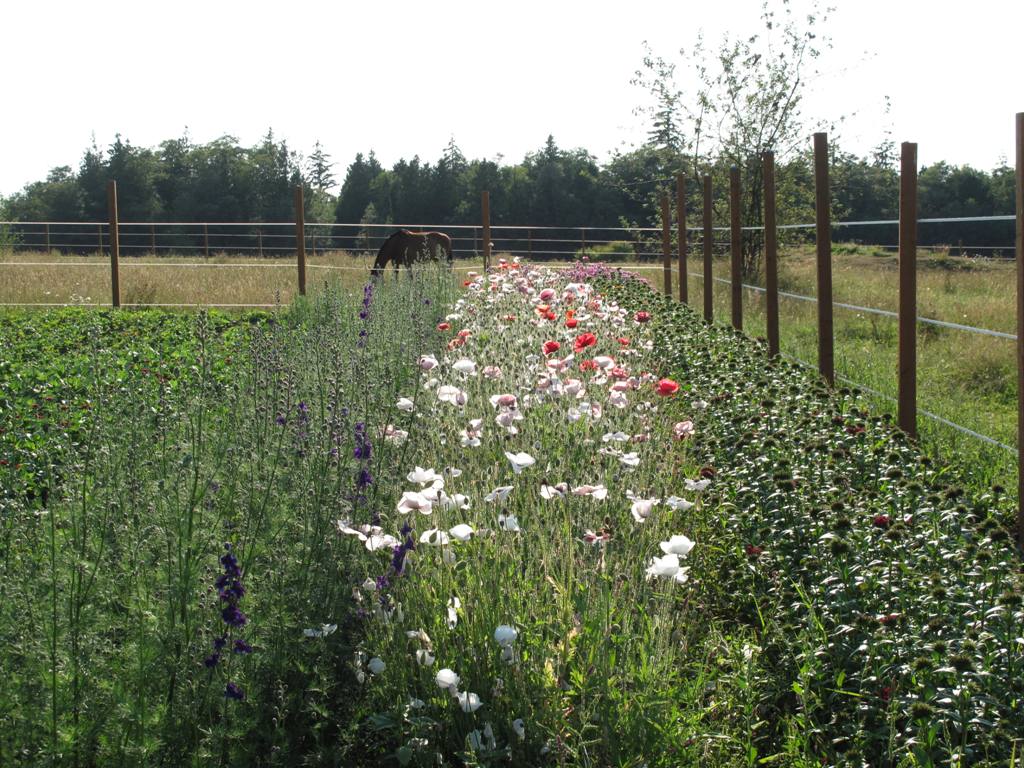
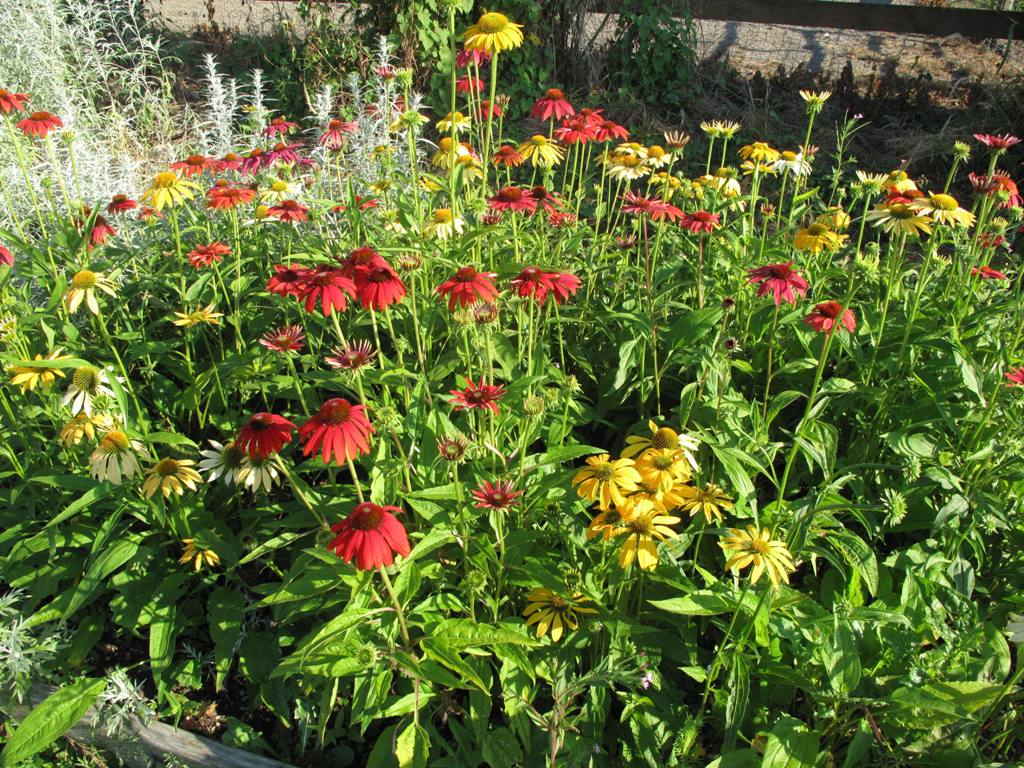
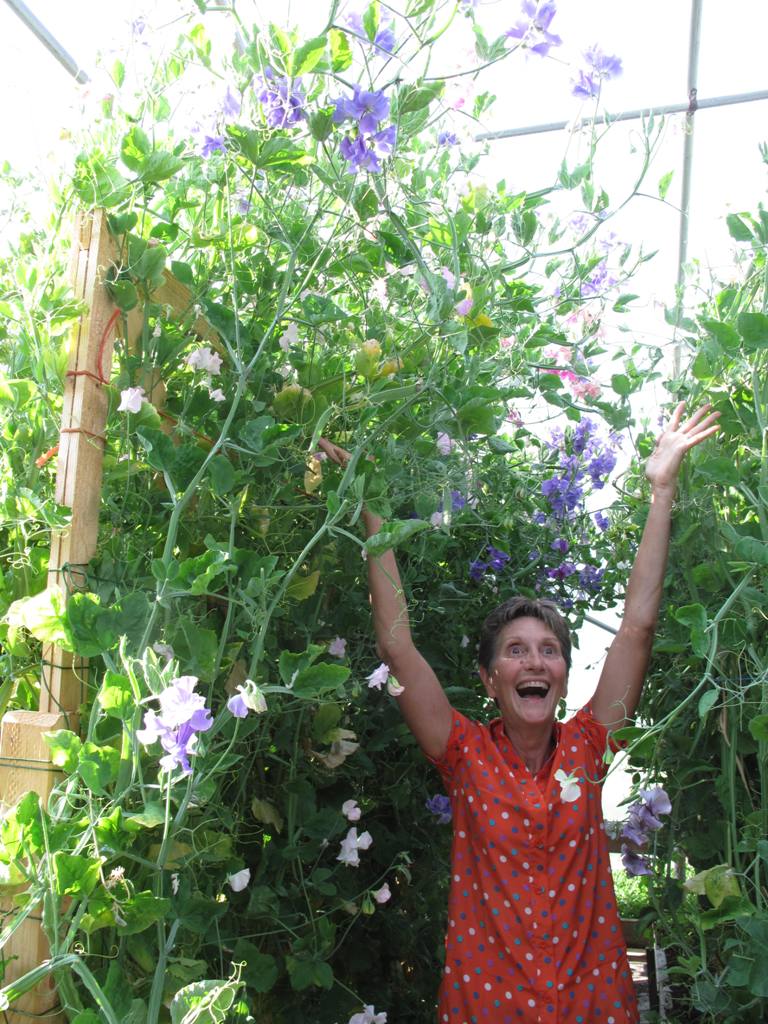
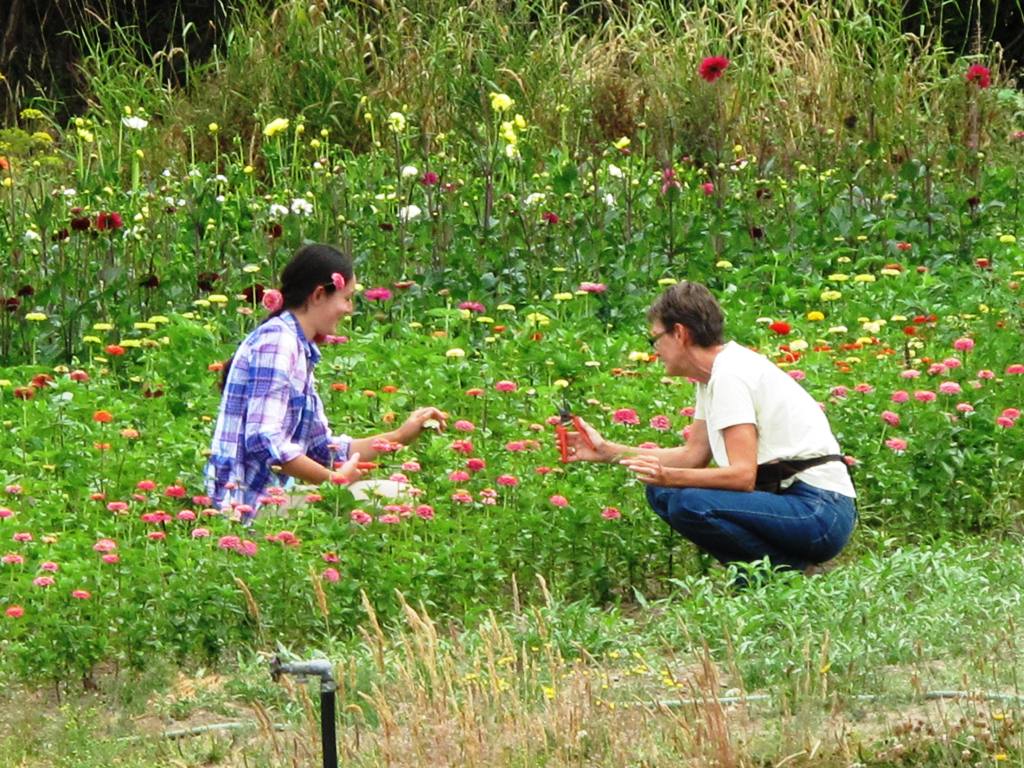
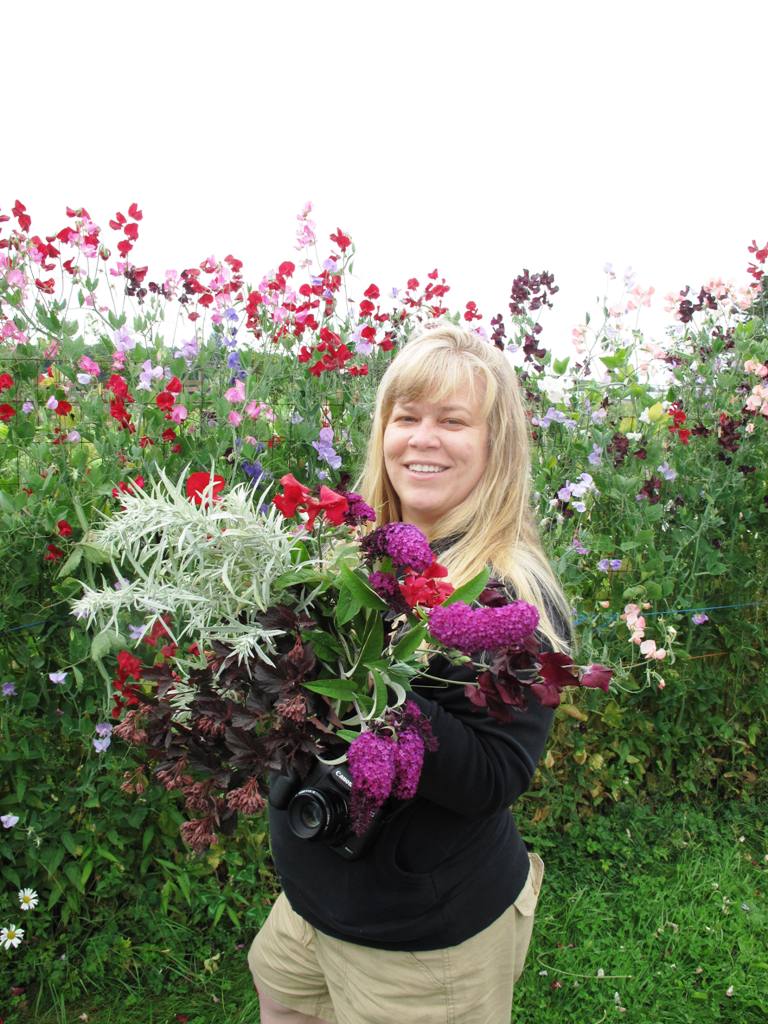
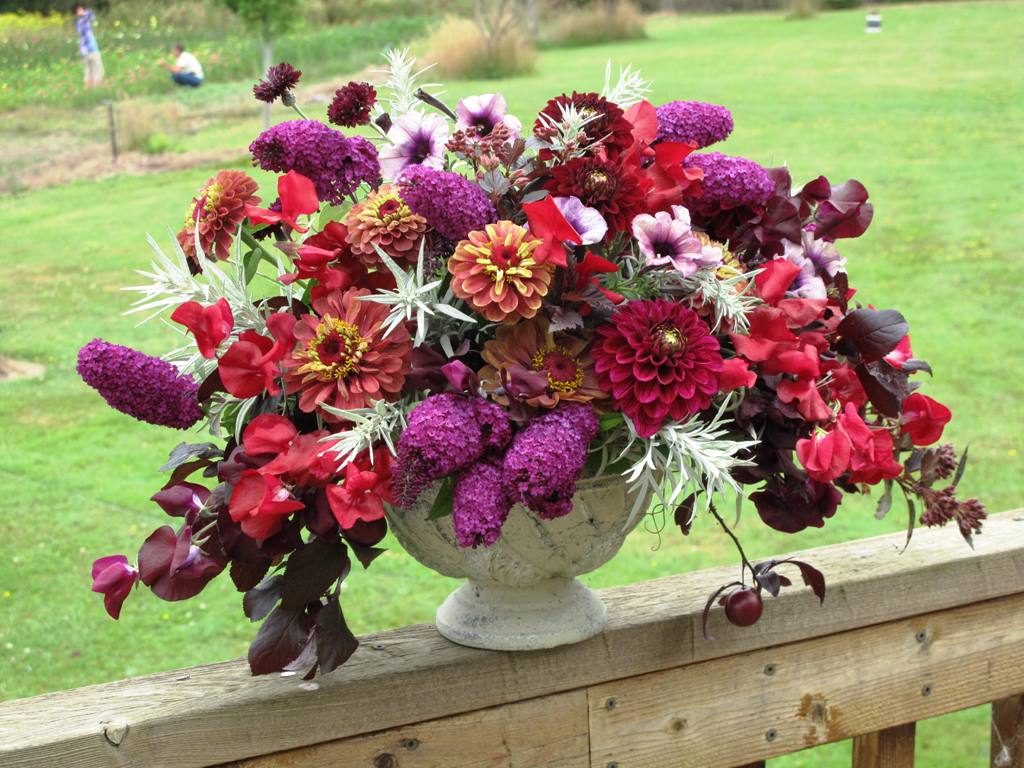
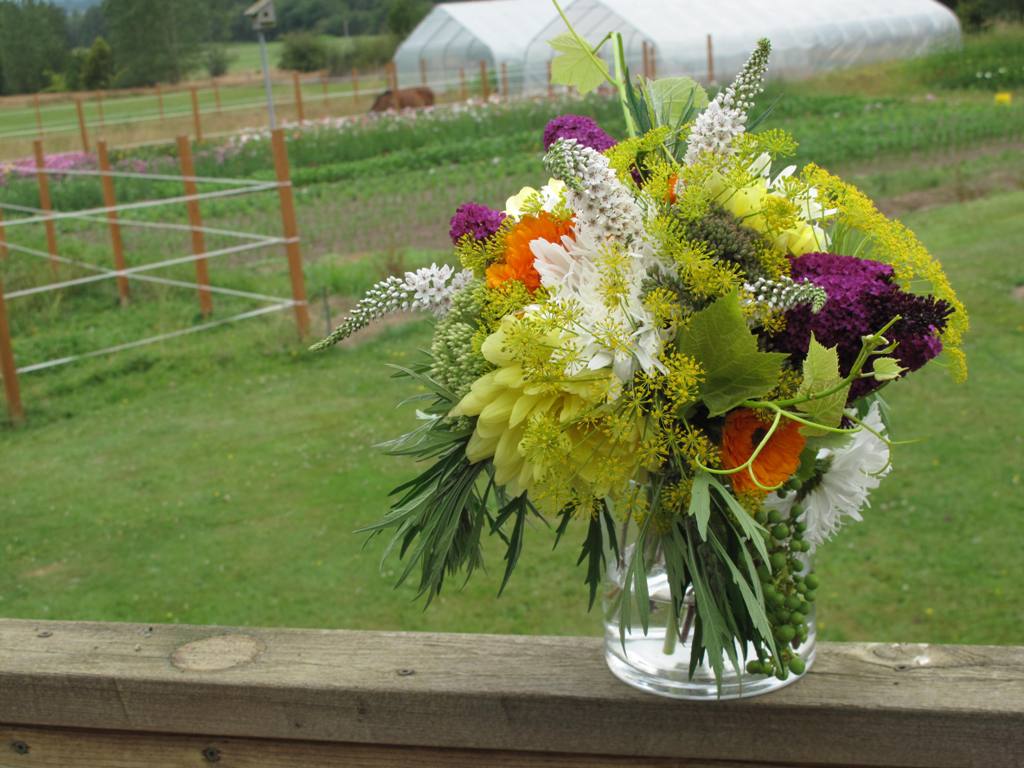
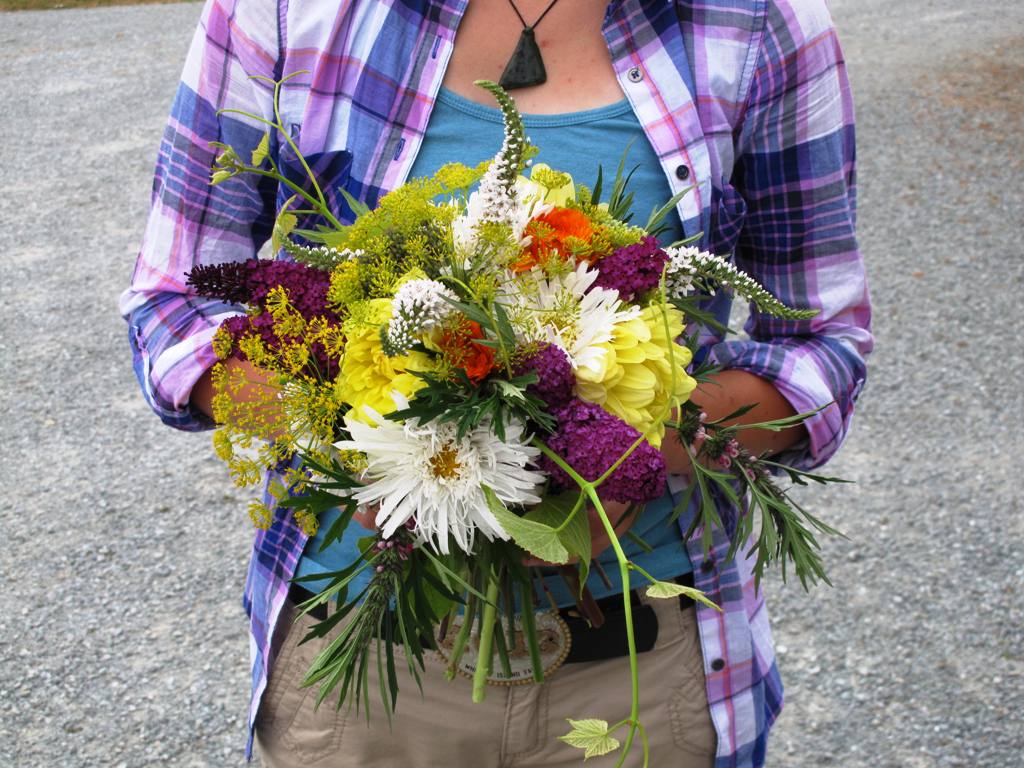
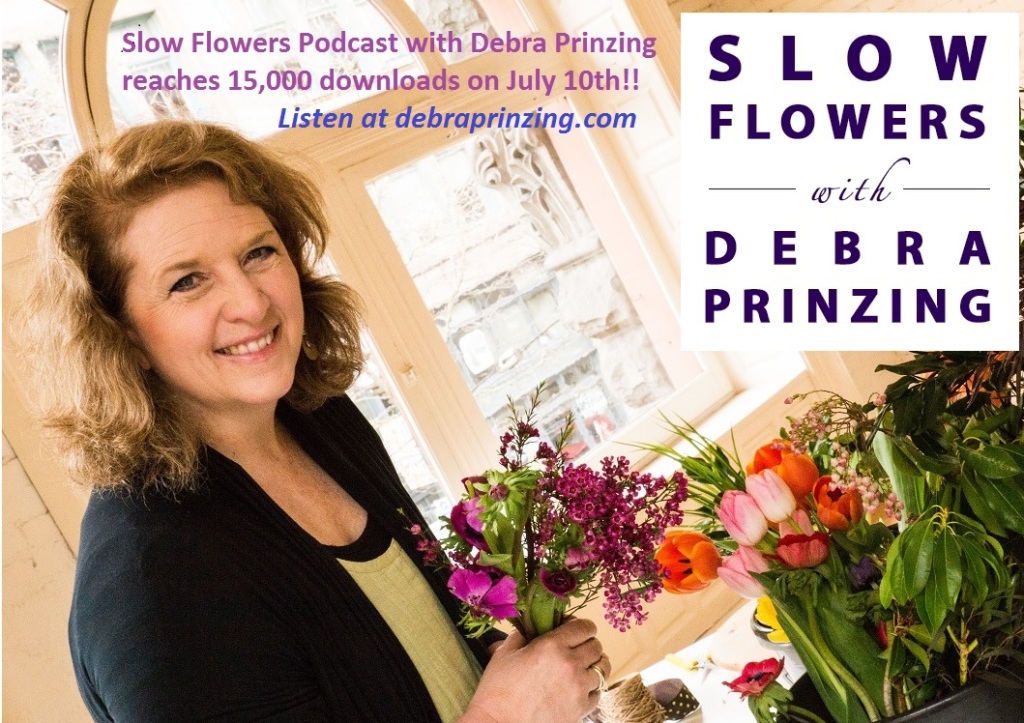
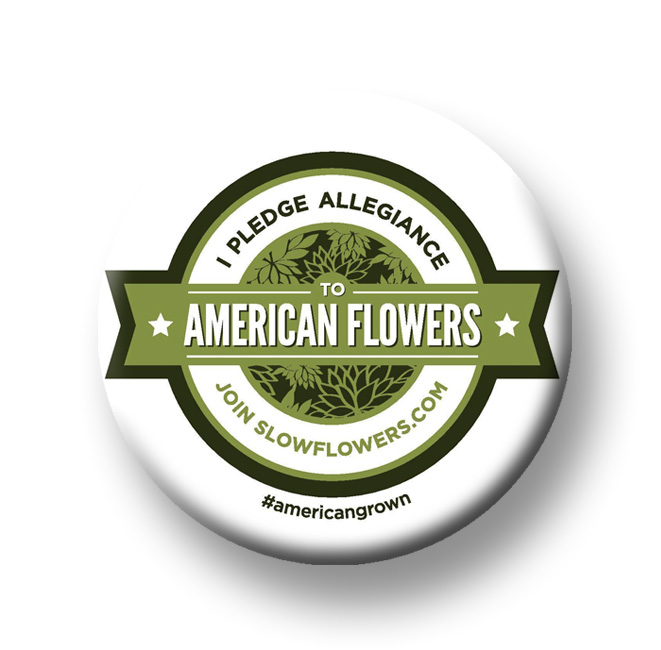
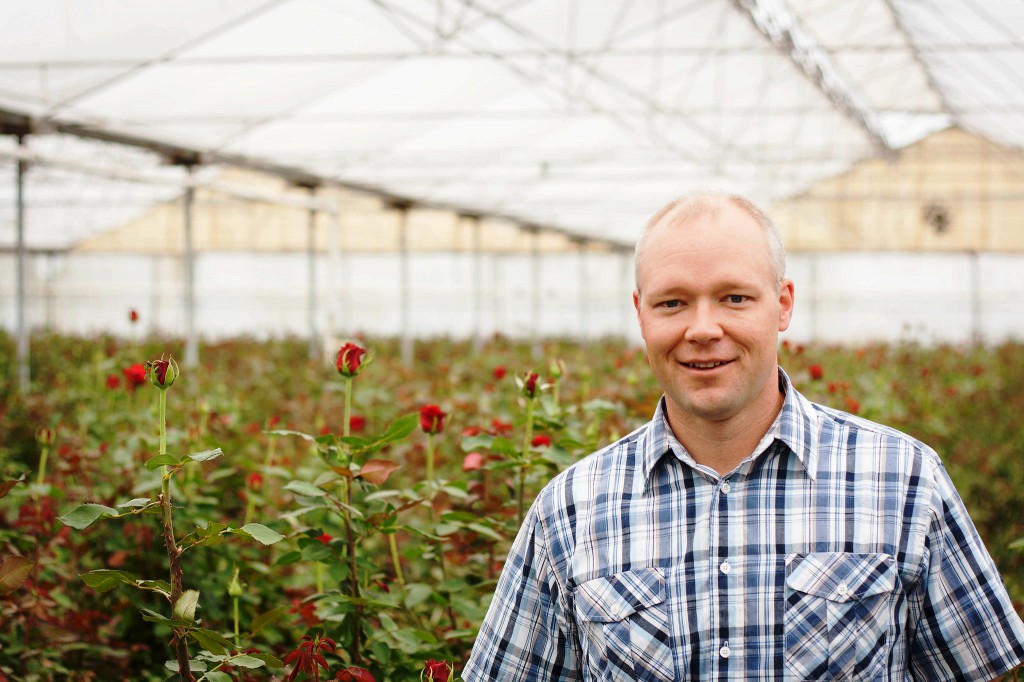
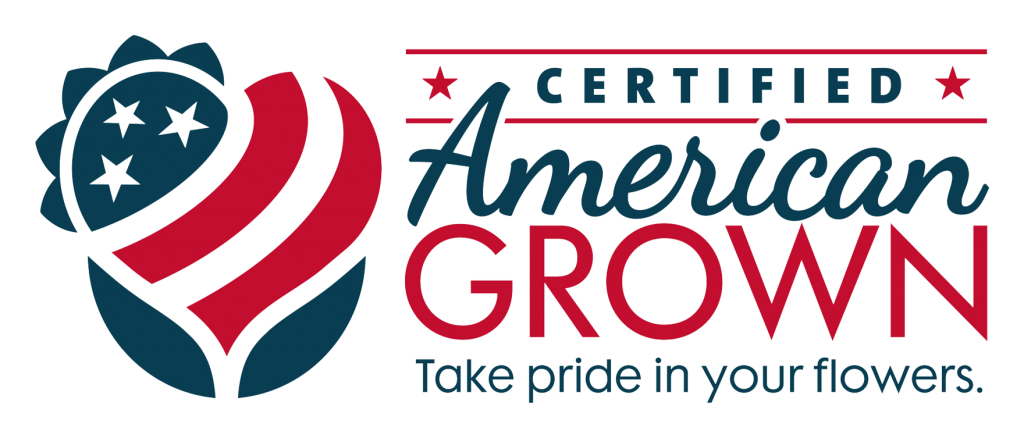
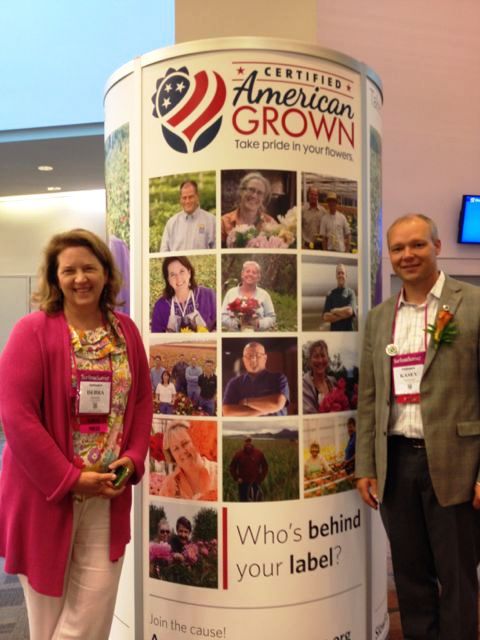

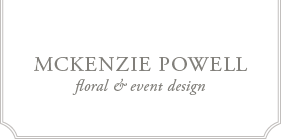
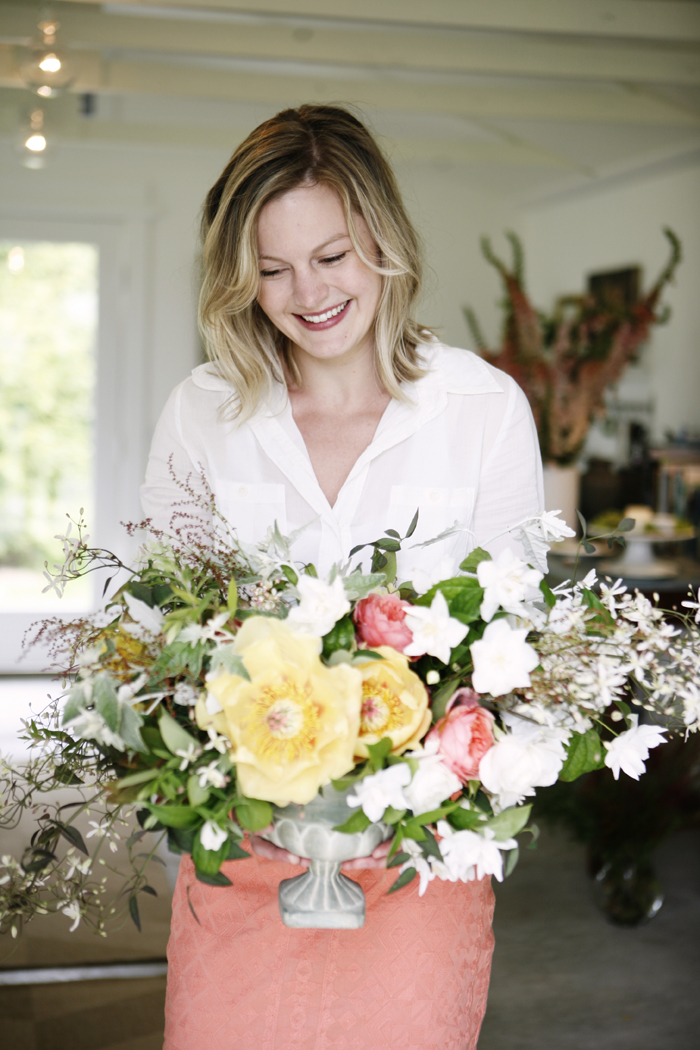
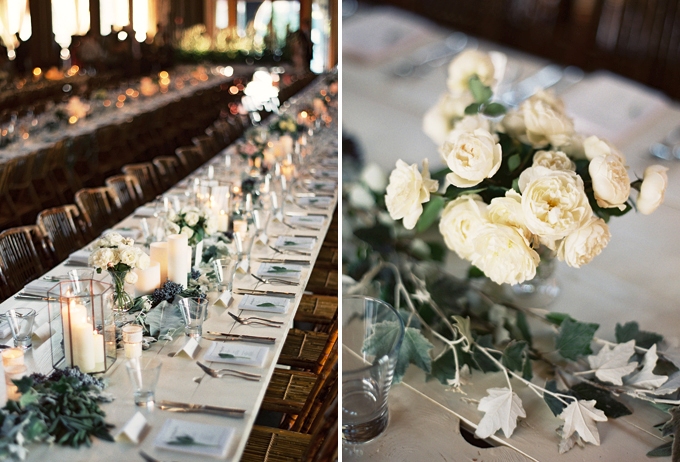
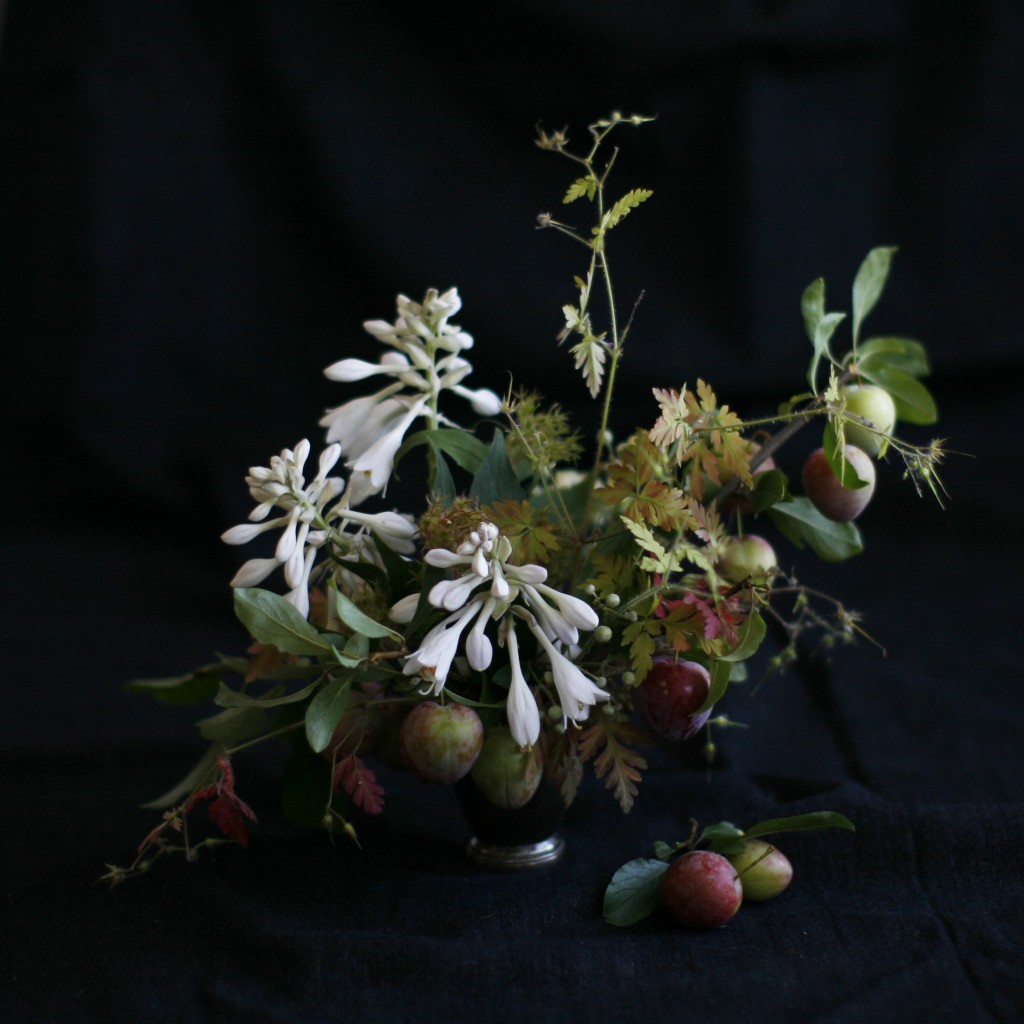
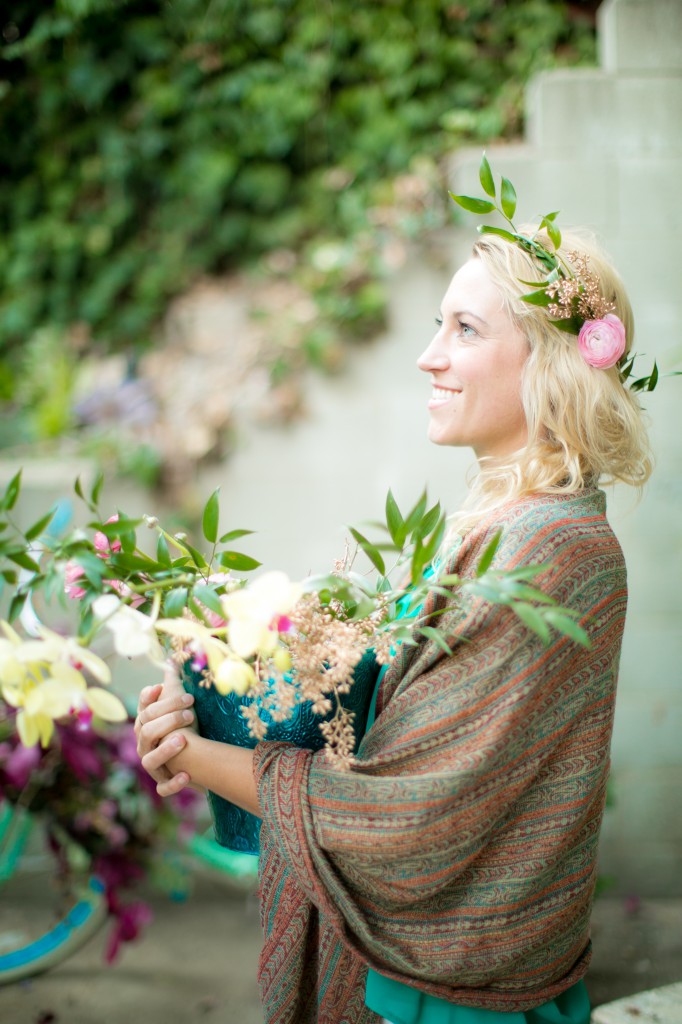
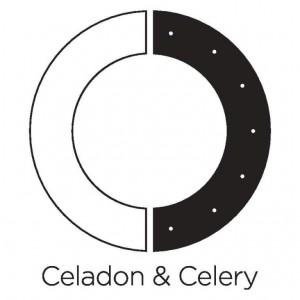 Today’s guest is Bess Wyrick, founder and creative director of Celadon & Celery, a floral design and events studio based in New York City and Los Angeles.
Today’s guest is Bess Wyrick, founder and creative director of Celadon & Celery, a floral design and events studio based in New York City and Los Angeles. 